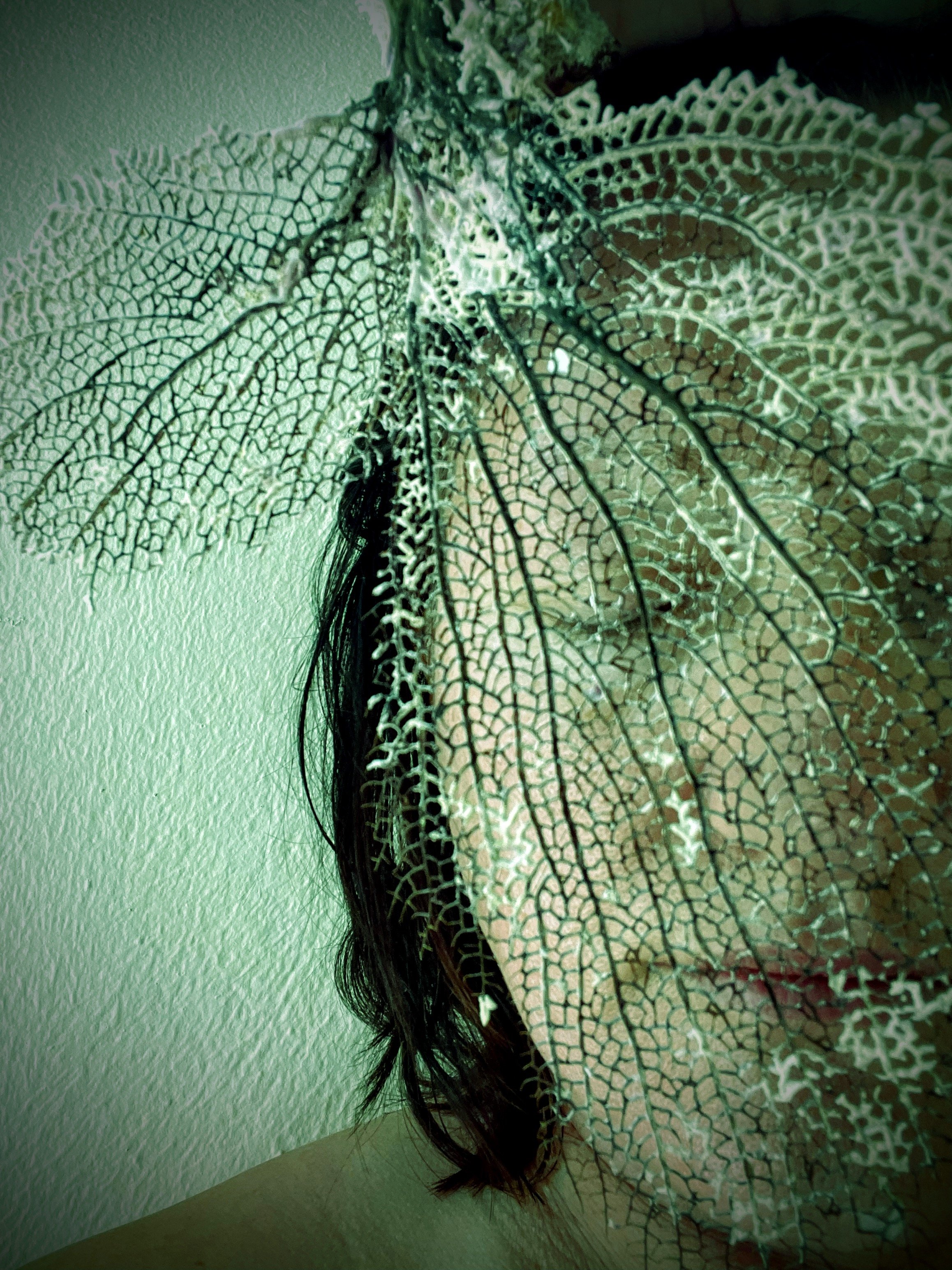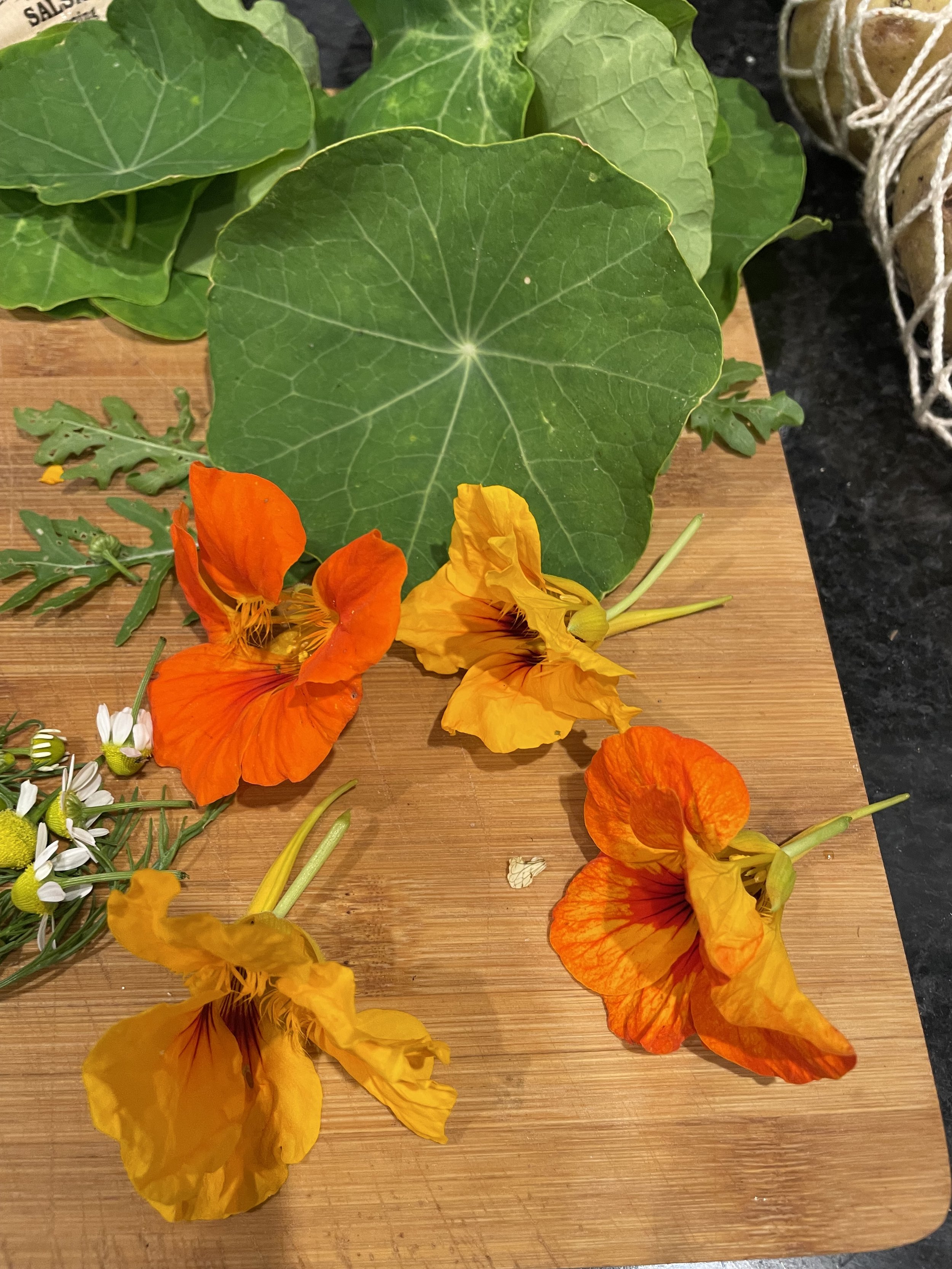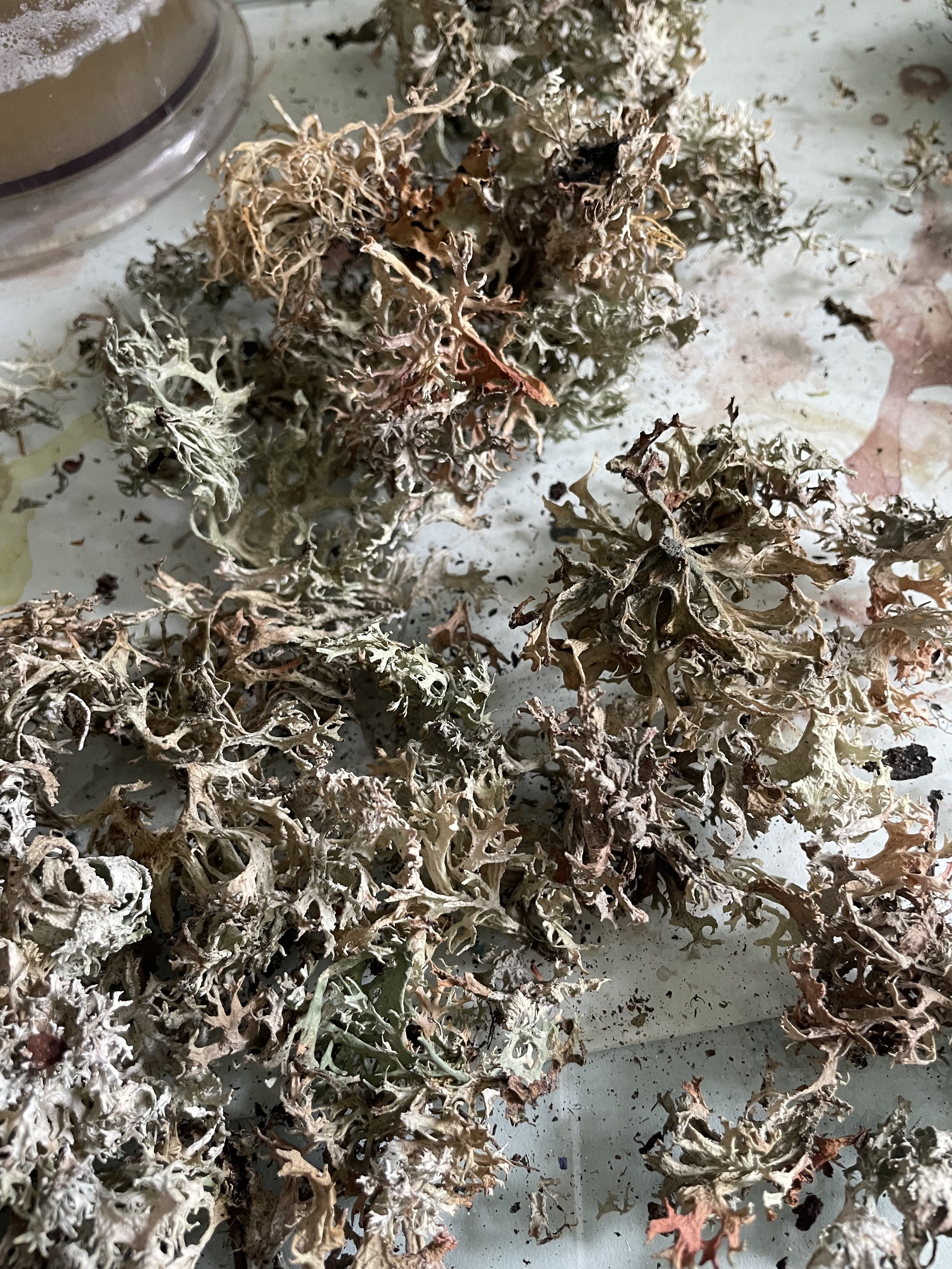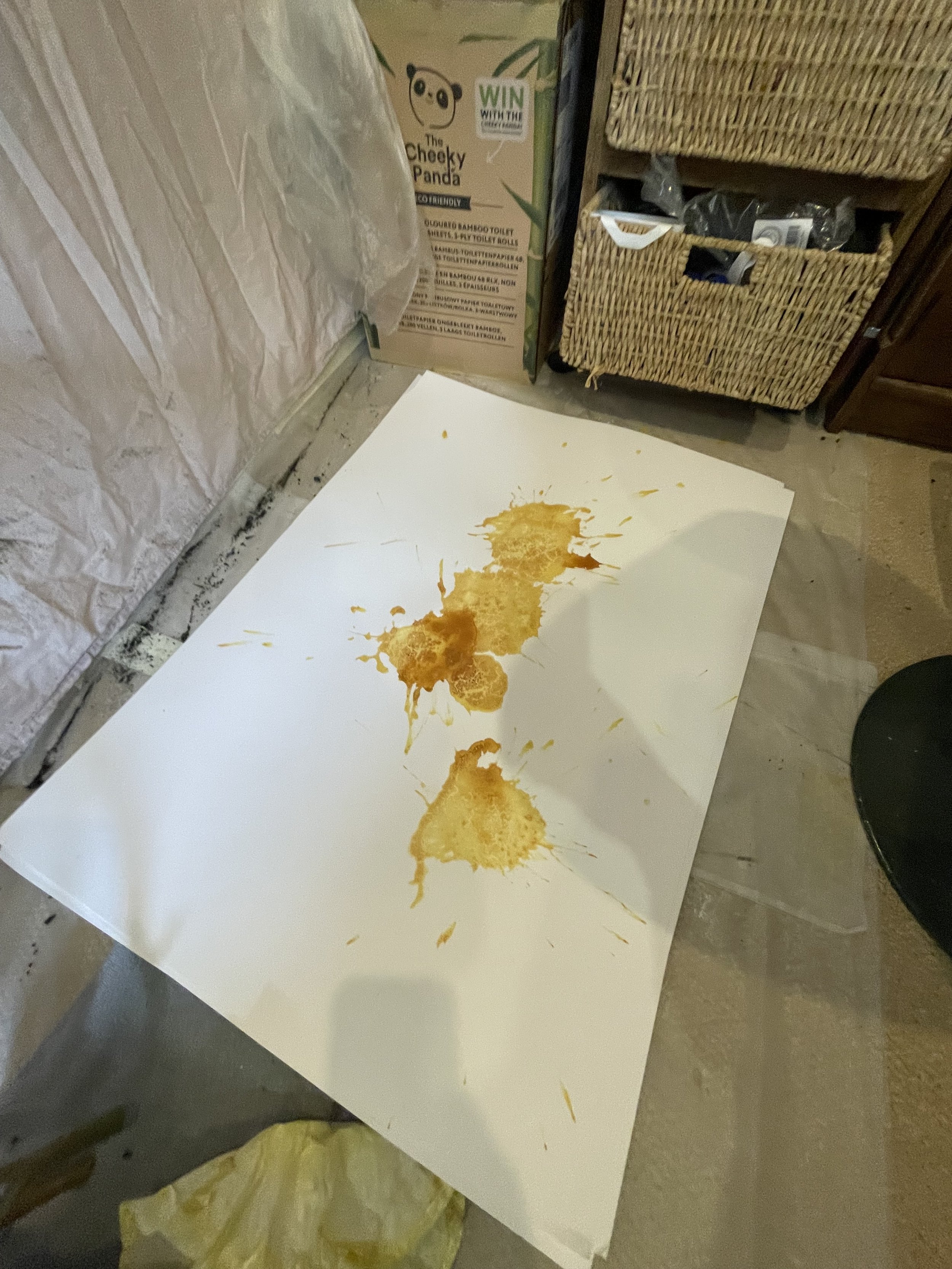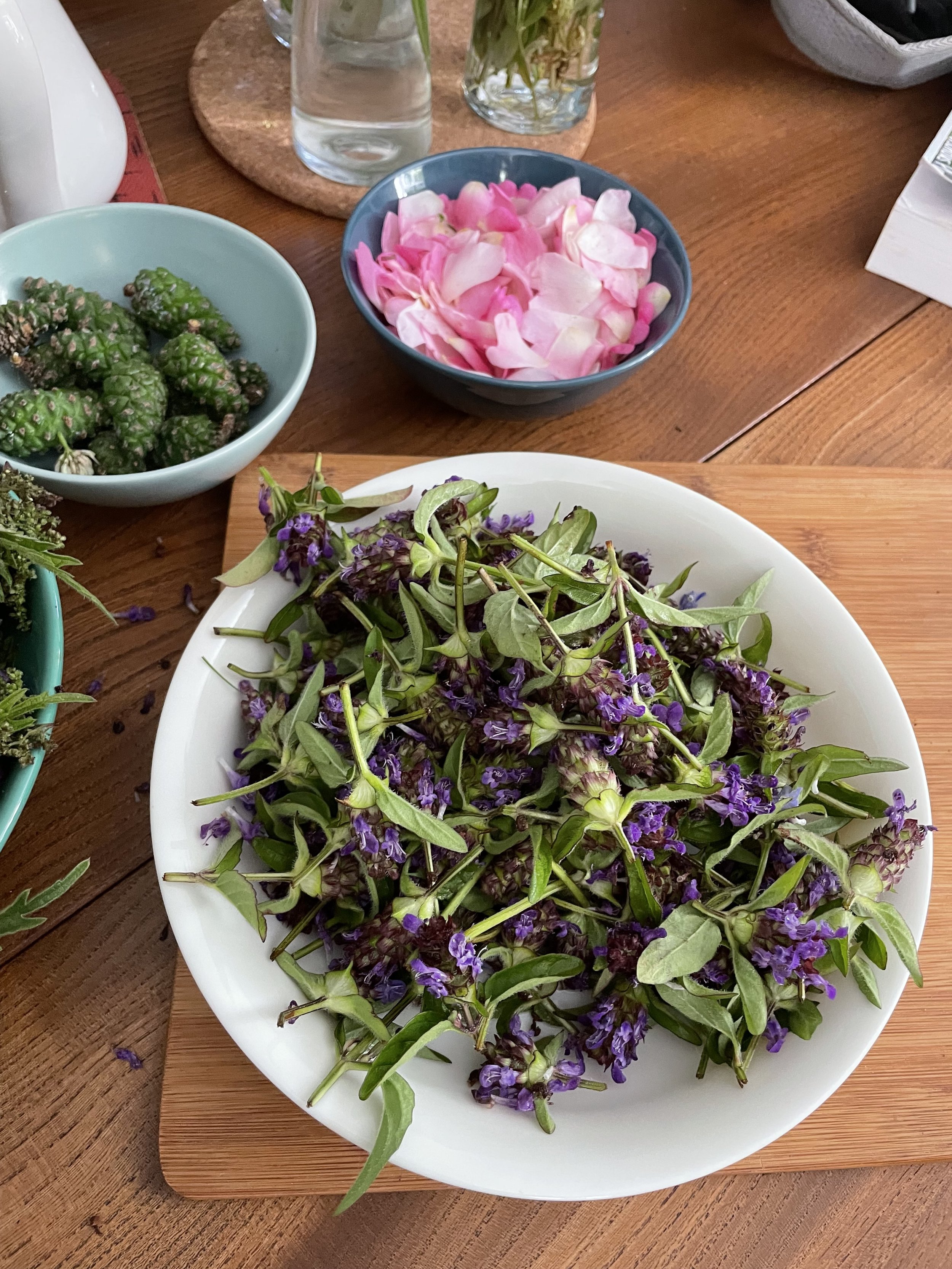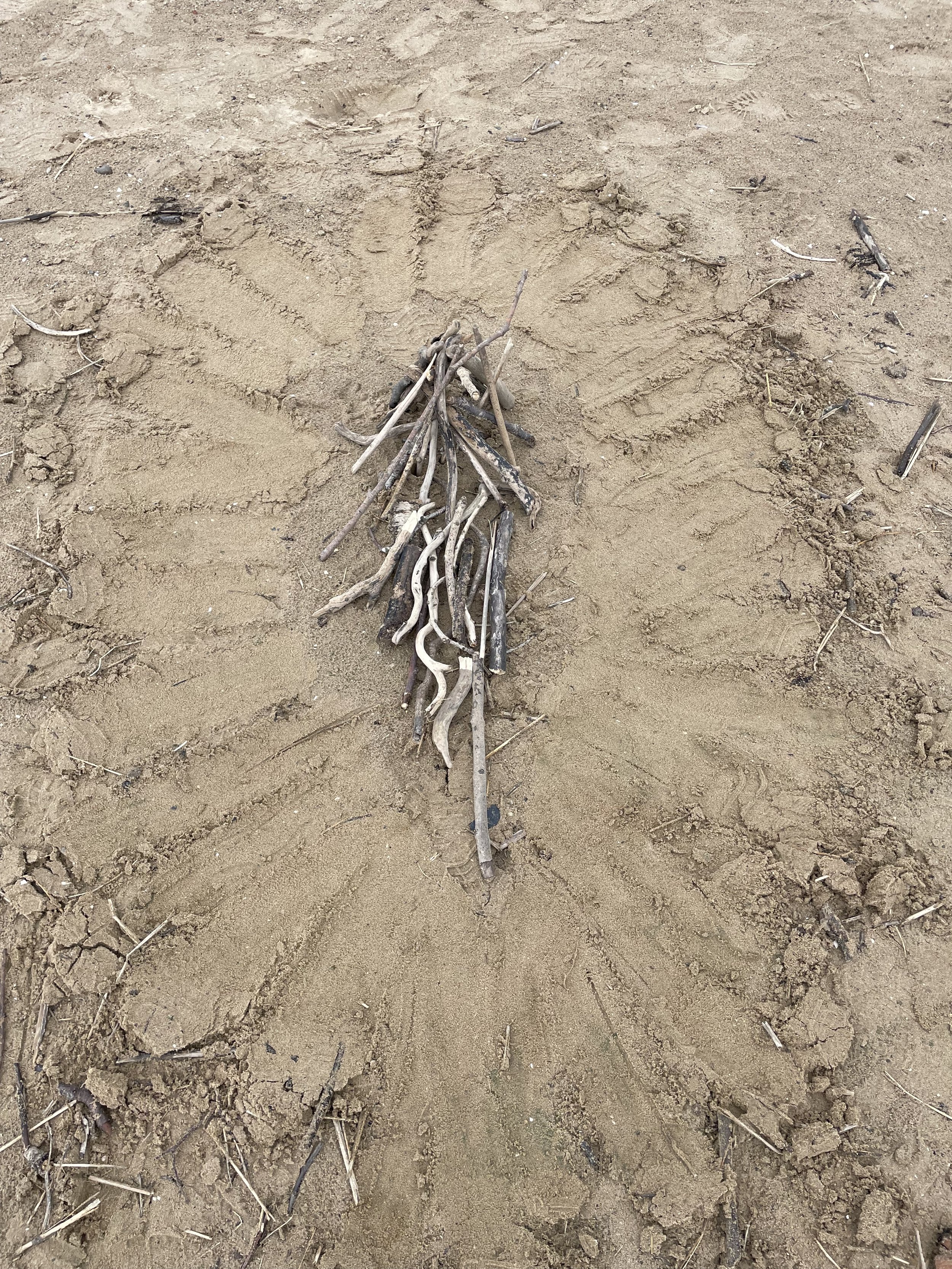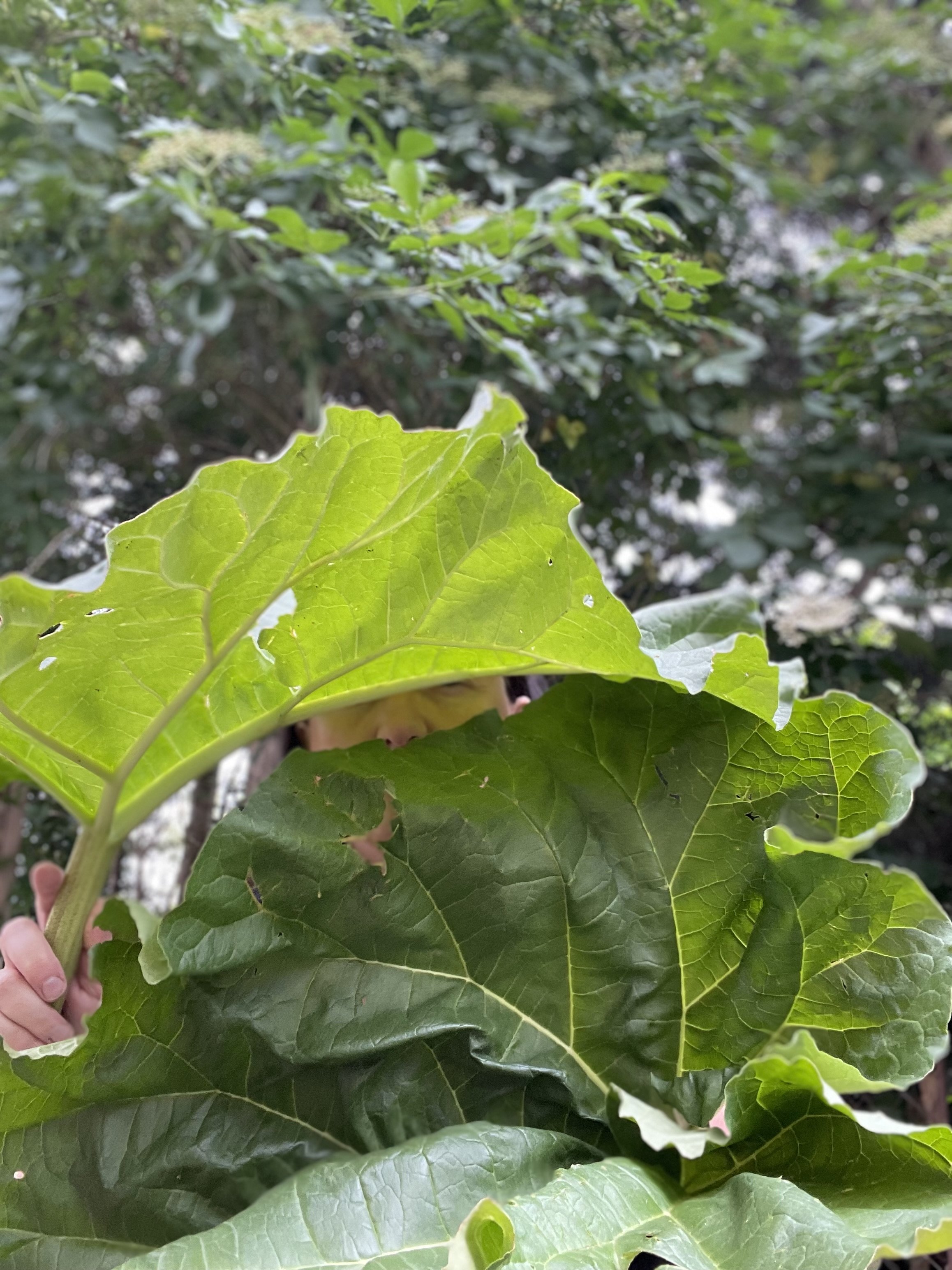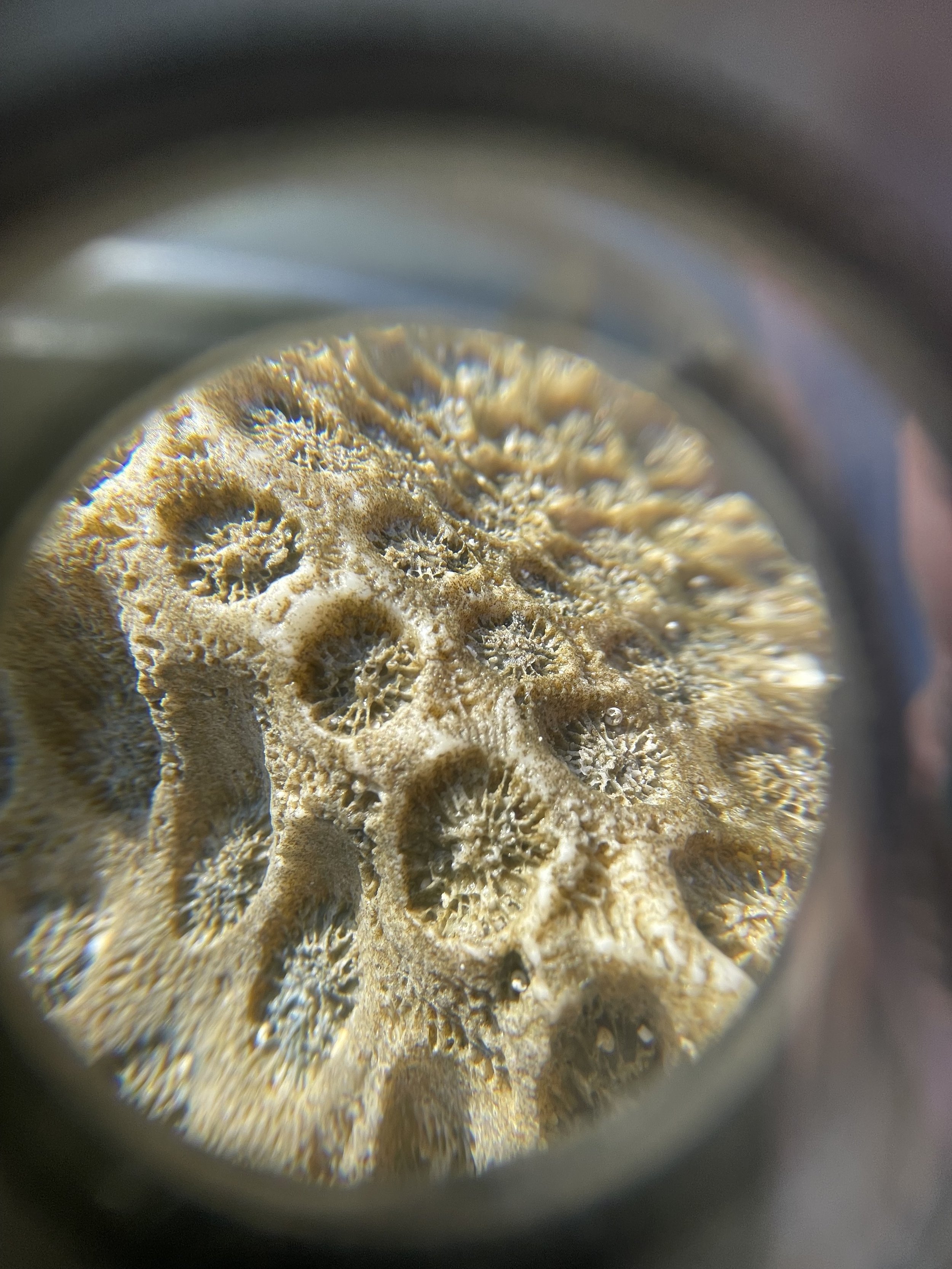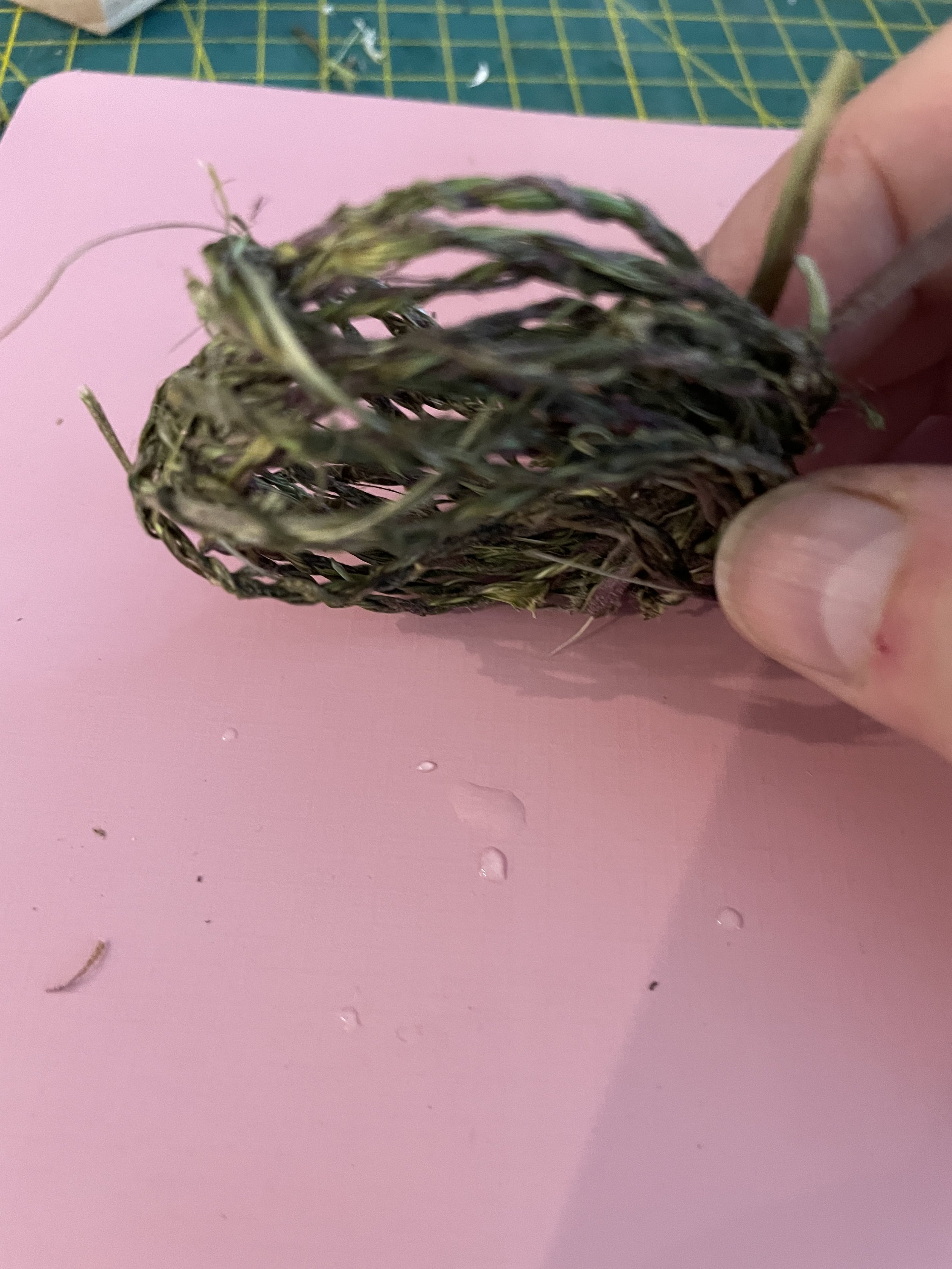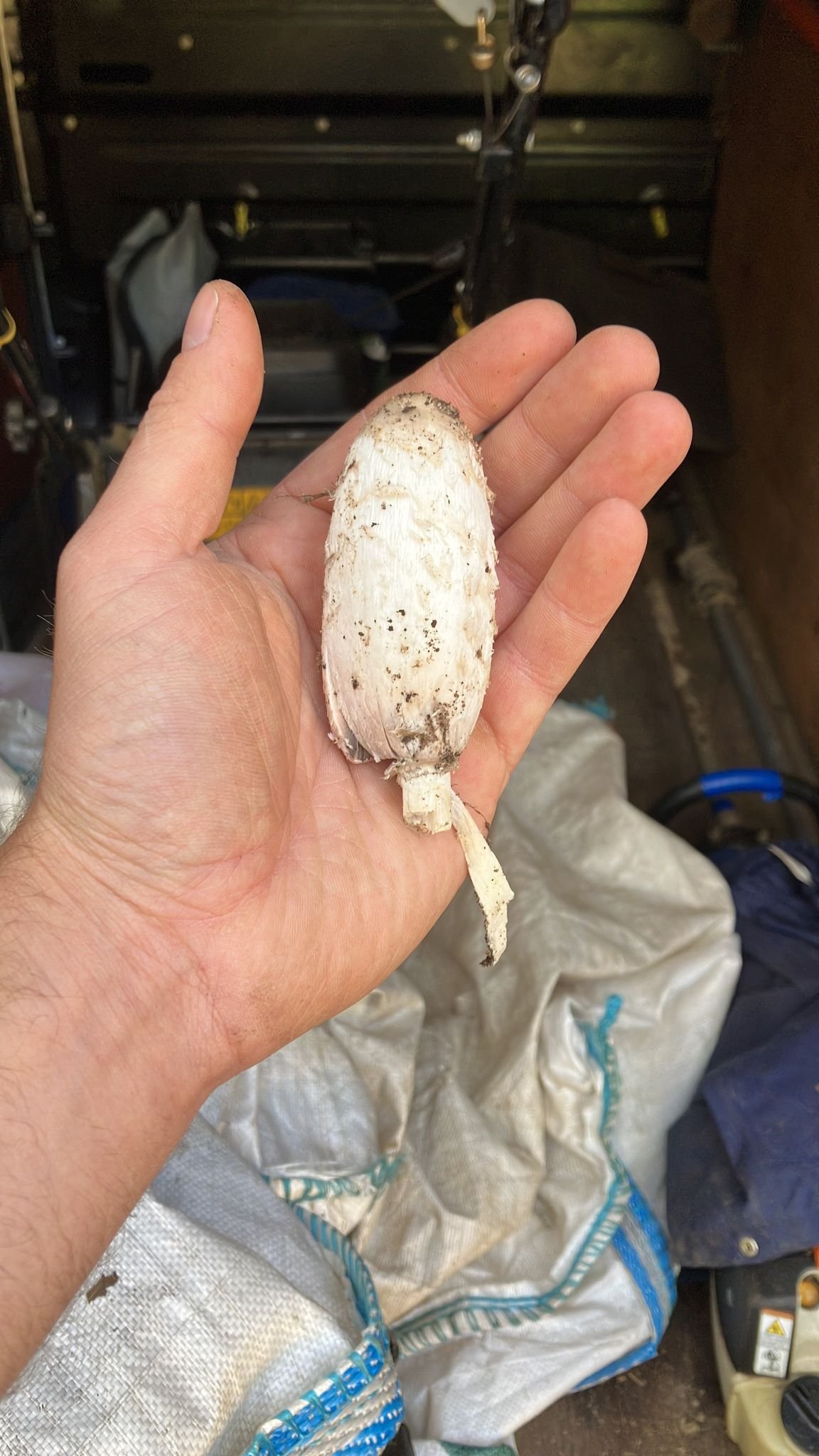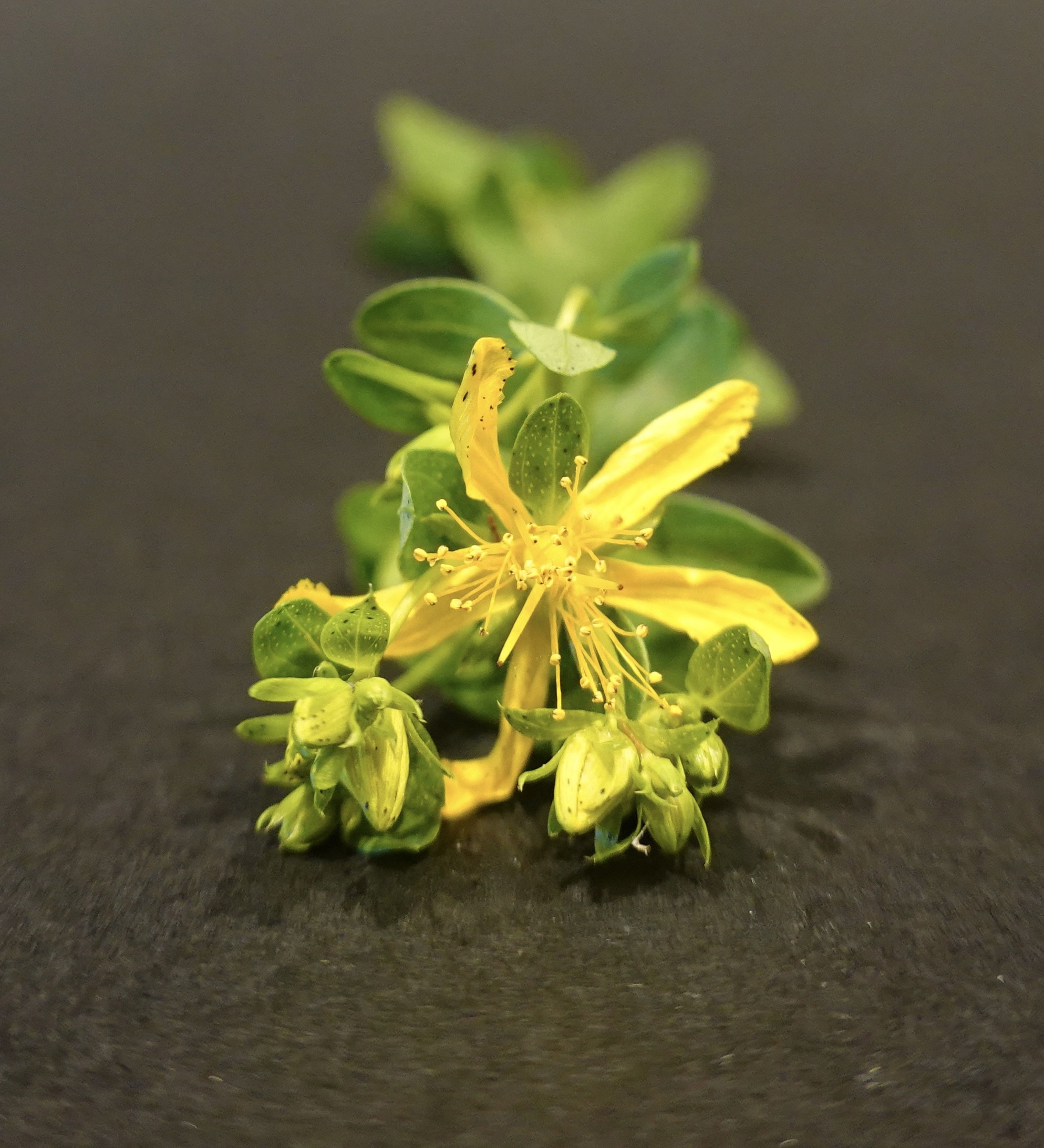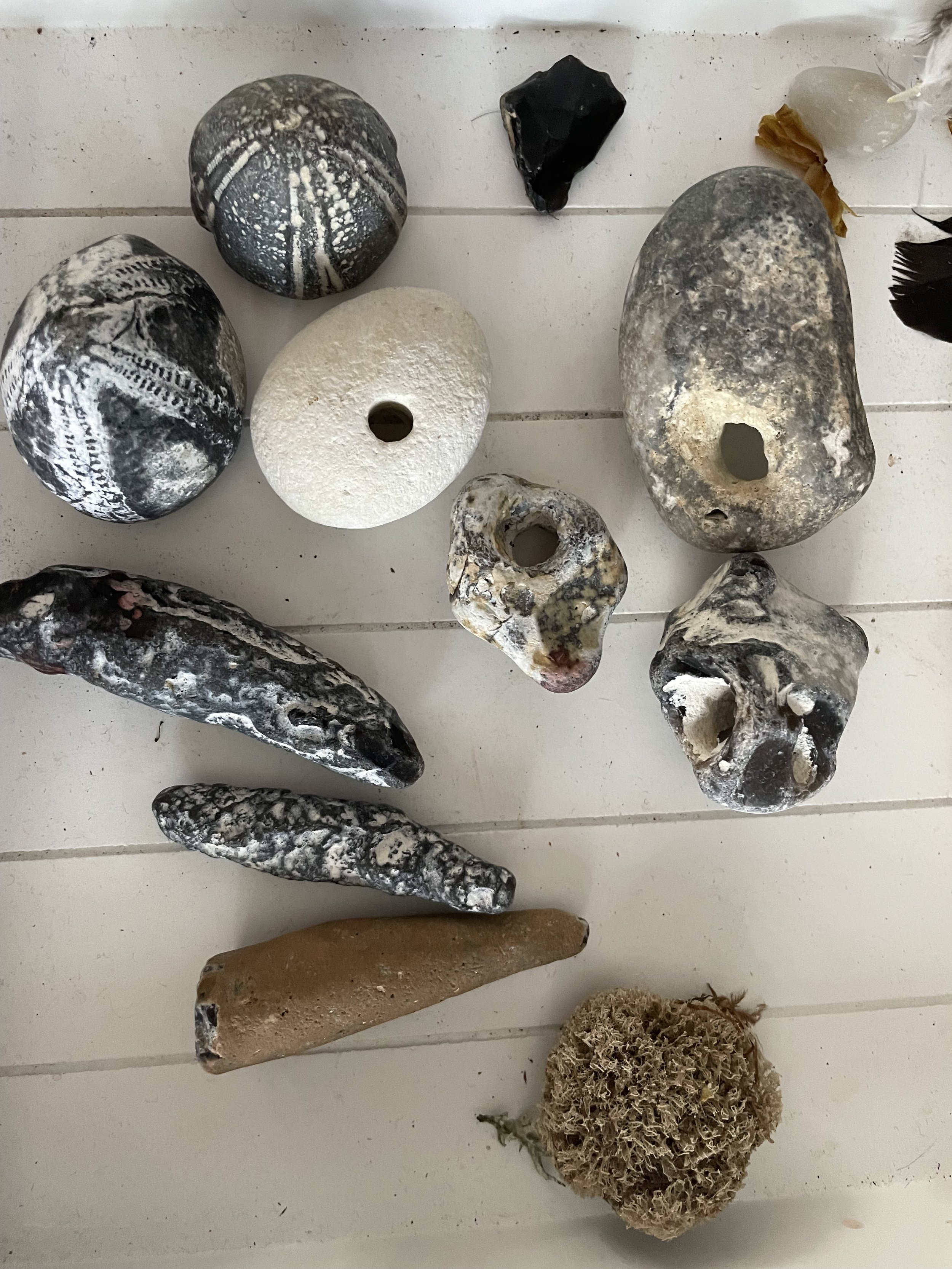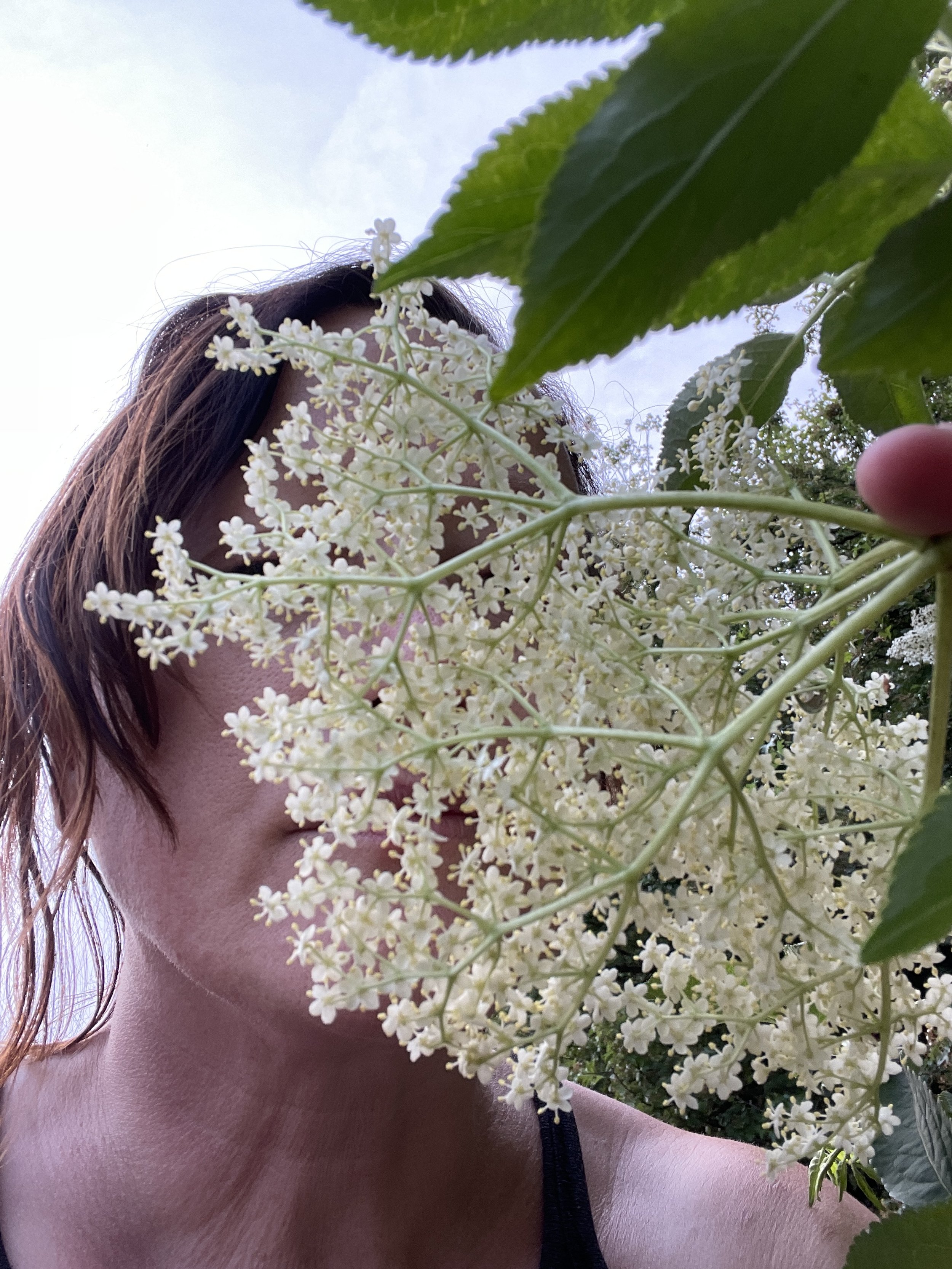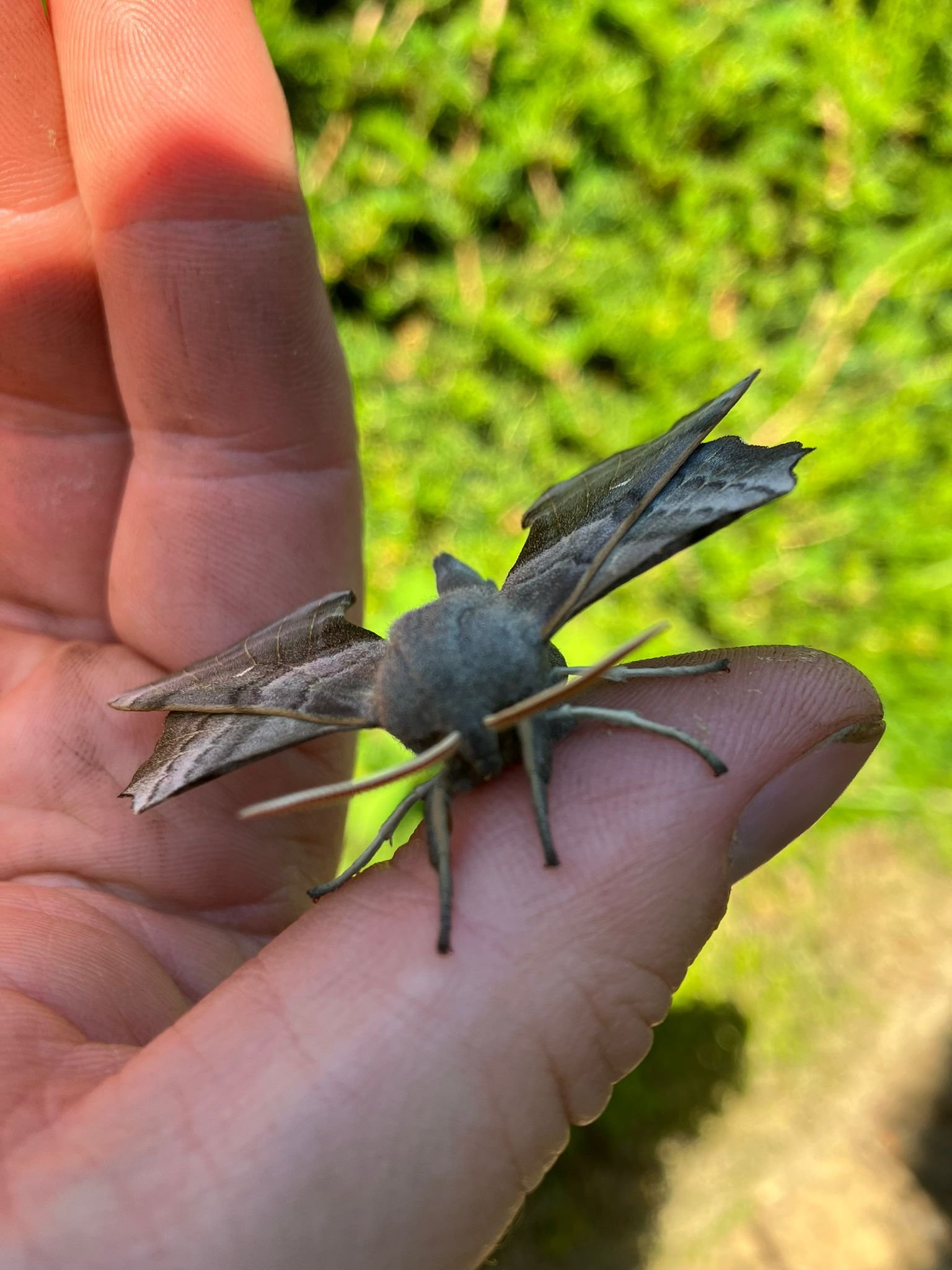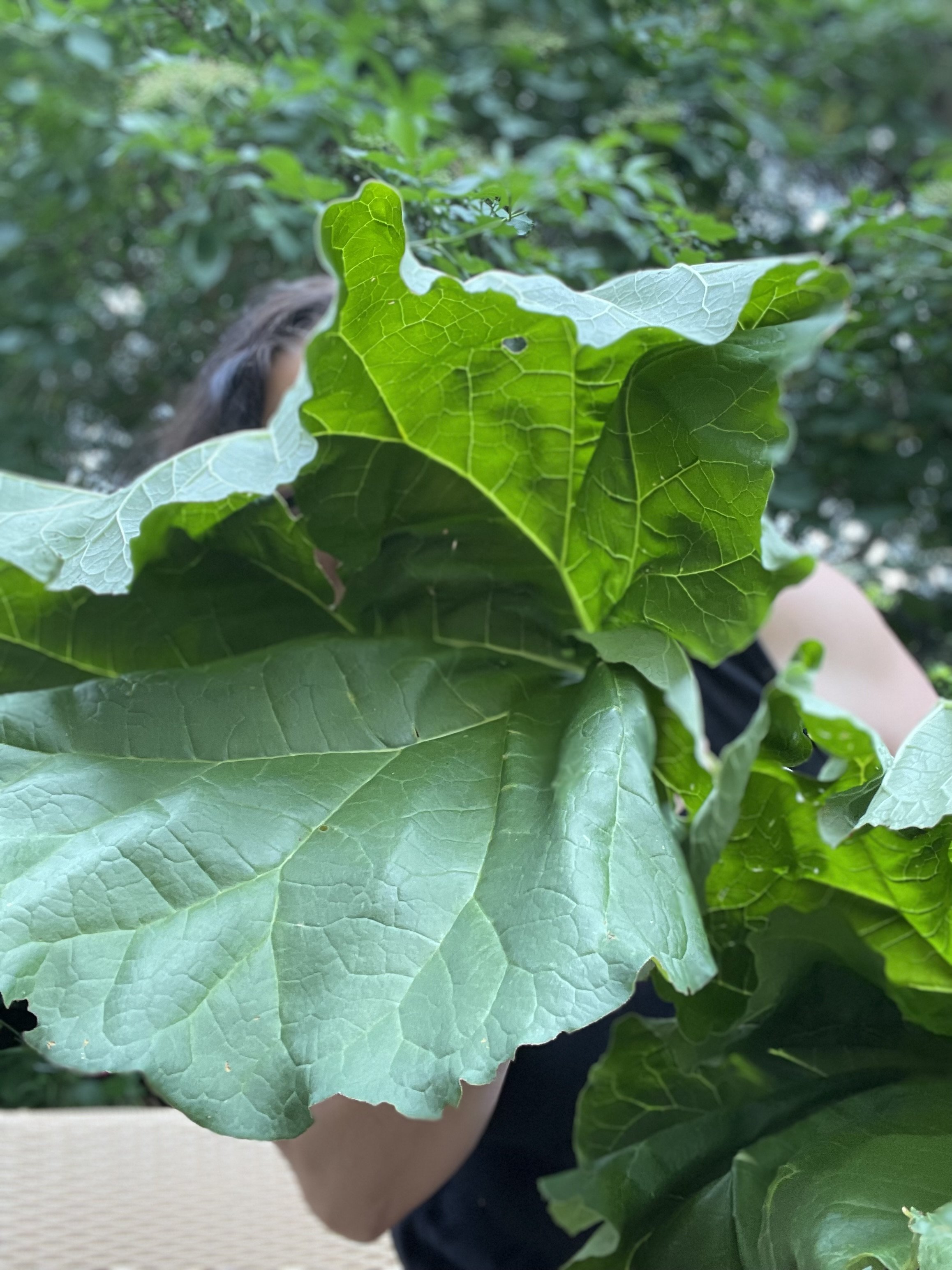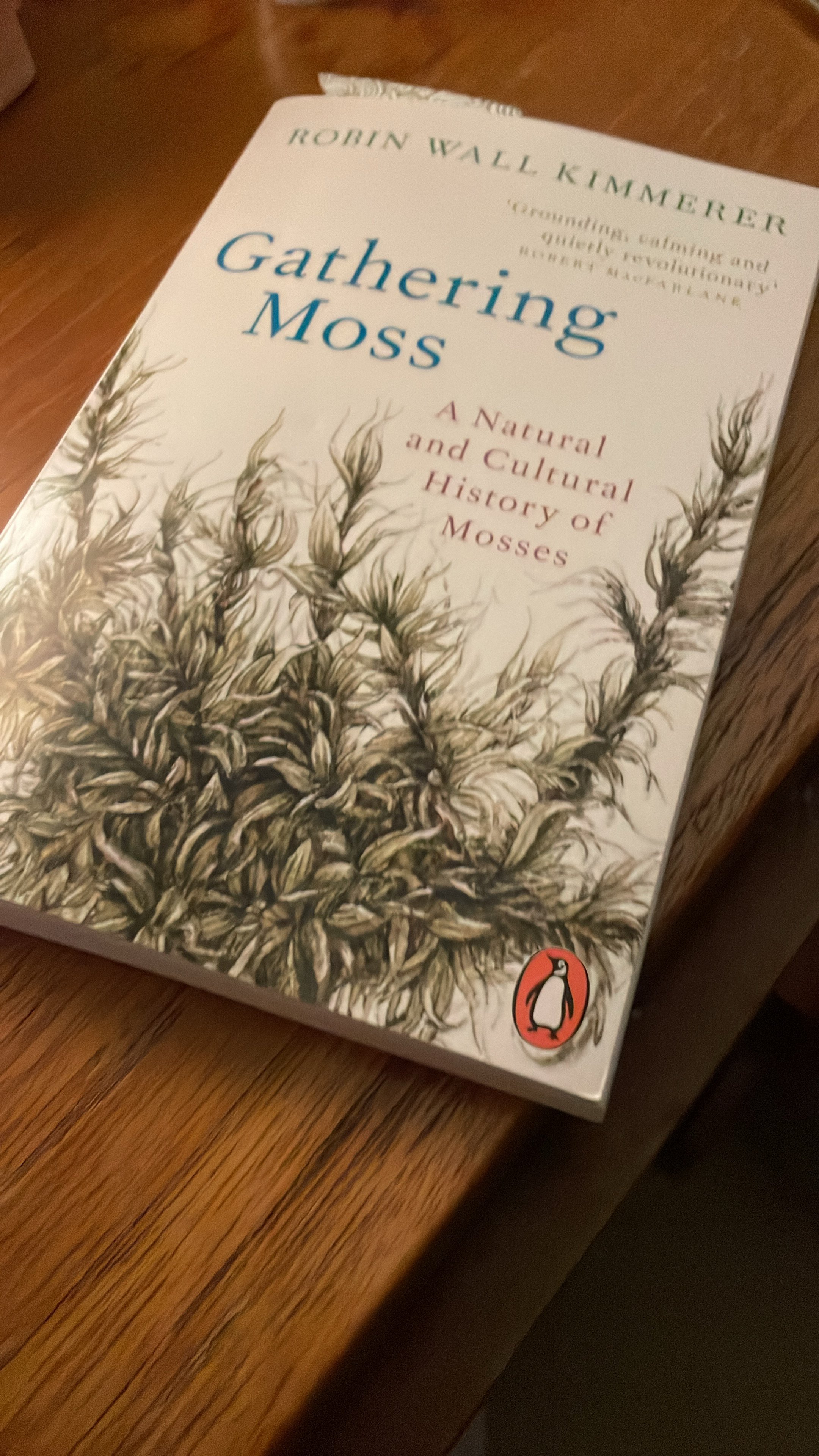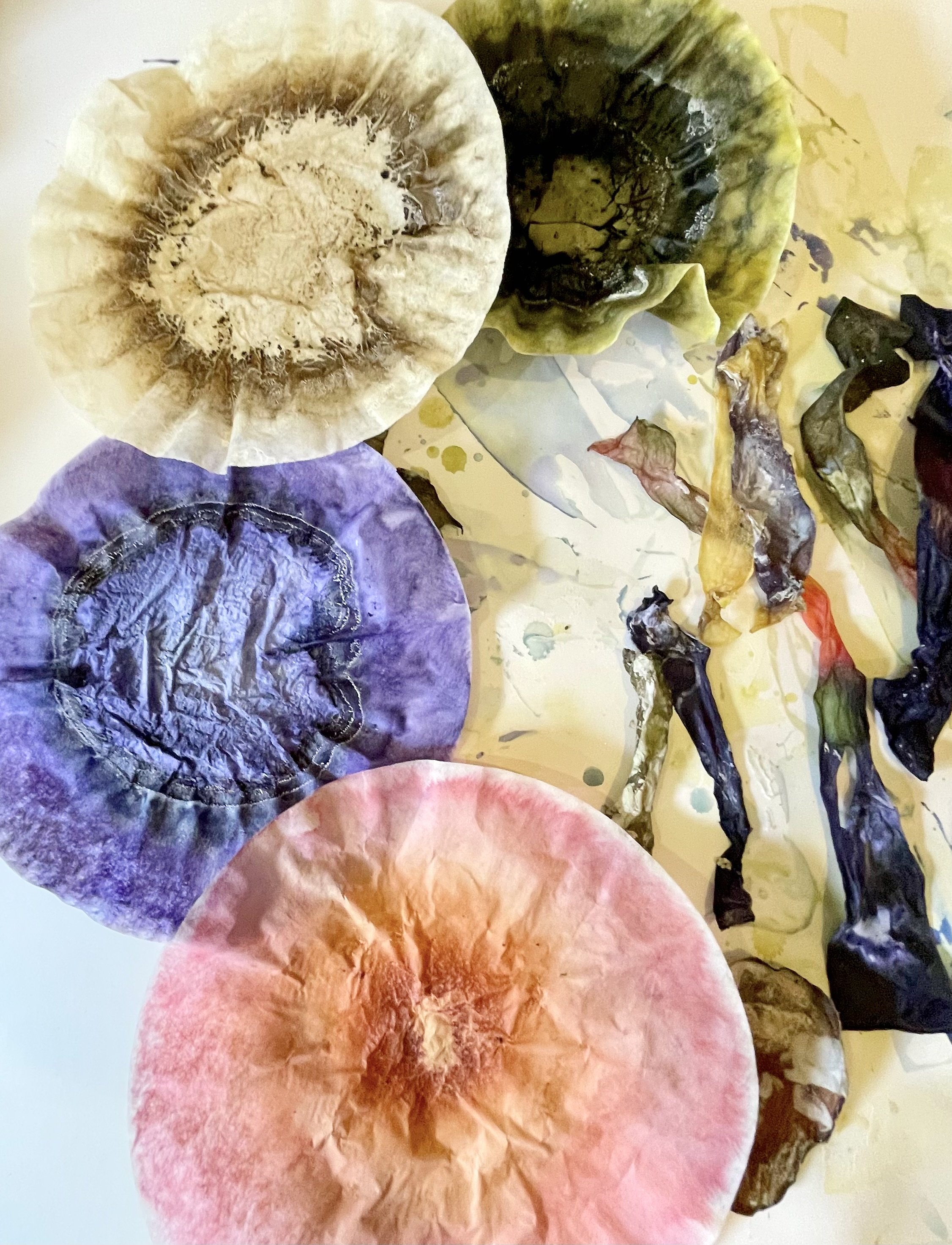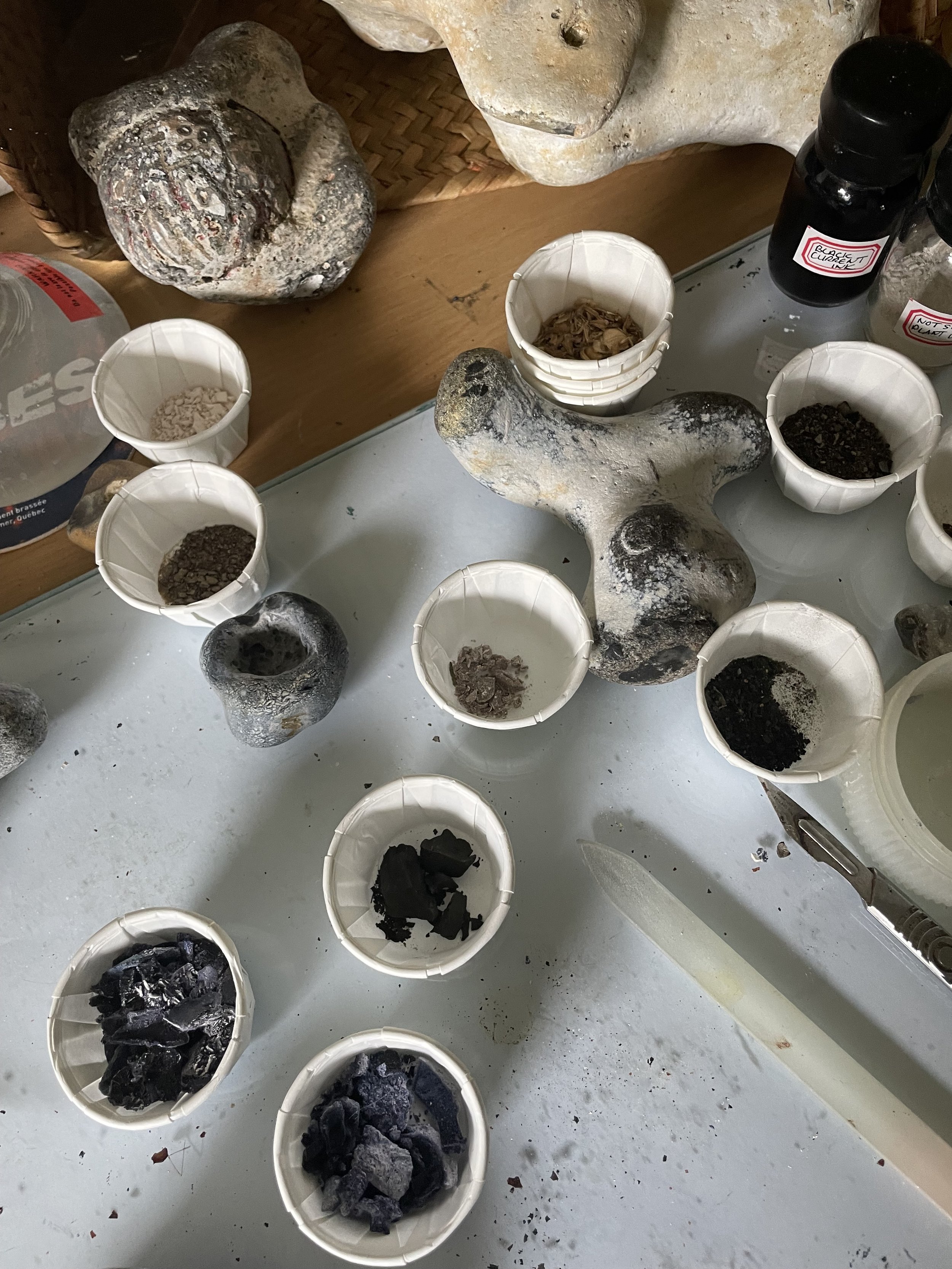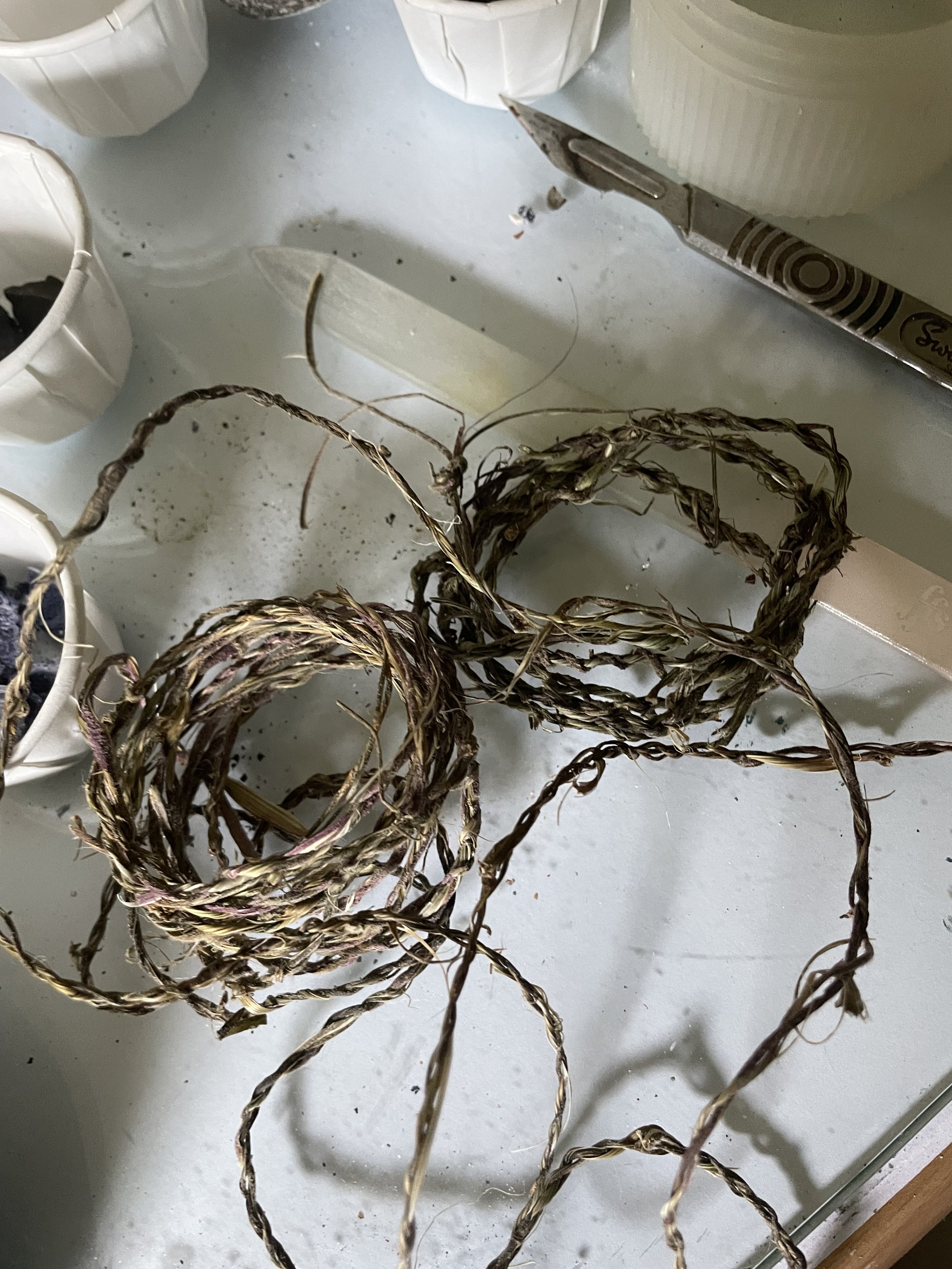My Practice is evolving…
From Tradition to Transformation: The Evolution of My Art Practice
Over the years, my art practice has undergone a profound transformation, evolving from a traditional, object-focused approach to a dynamic, process-driven exploration of nature, sustainability, and the feminine connection to the earth. This journey has not only reshaped the way I create but has also deepened my understanding of the intrinsic relationship between art, science, and the environment.
The Beginnings: An Object-Centric Approach
When I first began my journey as an artist, my focus was primarily on creating tangible, enduring objects. My practice was rooted in the traditional methods of art-making, where the end product—the painting, sculpture, or installation—was the ultimate goal even if it was through found objects the goal was always to create a tangible final work. I was driven by the desire to create works that would stand the test of time, using readily available materials.
This phase of my practice was deeply satisfying in many ways. It allowed me to hone my technical skills, experiment with form and composition, and develop a strong visual language. However, as I progressed, I began to feel a growing disconnect between the materials I was using and the message I wanted to convey. I started to question the environmental impact of my practice and whether the permanence of these objects truly reflected my evolving understanding of the world around me.
A Shift in Perspective: Discovering the Power of Foraging
The turning point in my practice came when I started to bring the ancient art of foraging, which I had done for many years, into my practice as an artist. This practice, traditionally associated with women, opened up a new realm of possibilities for me. Foraging is not just about gathering materials from nature; it’s about forming a relationship with the environment, understanding its rhythms, and respecting its cycles. As I immersed myself in this practice, I began to see the potential for integrating these natural materials into my art.
Foraging introduced me to a world of ephemeral beauty—fleeting moments of colour, texture, and form that could be captured and transformed into art. The process of collecting plants, berries, and other organic materials became a meditative act, one that connected me to the land in a way that felt both ancient and immediate. This connection sparked a desire to move away from permanent, object-based works towards something more fluid and transient, reflecting the impermanent nature of life itself.
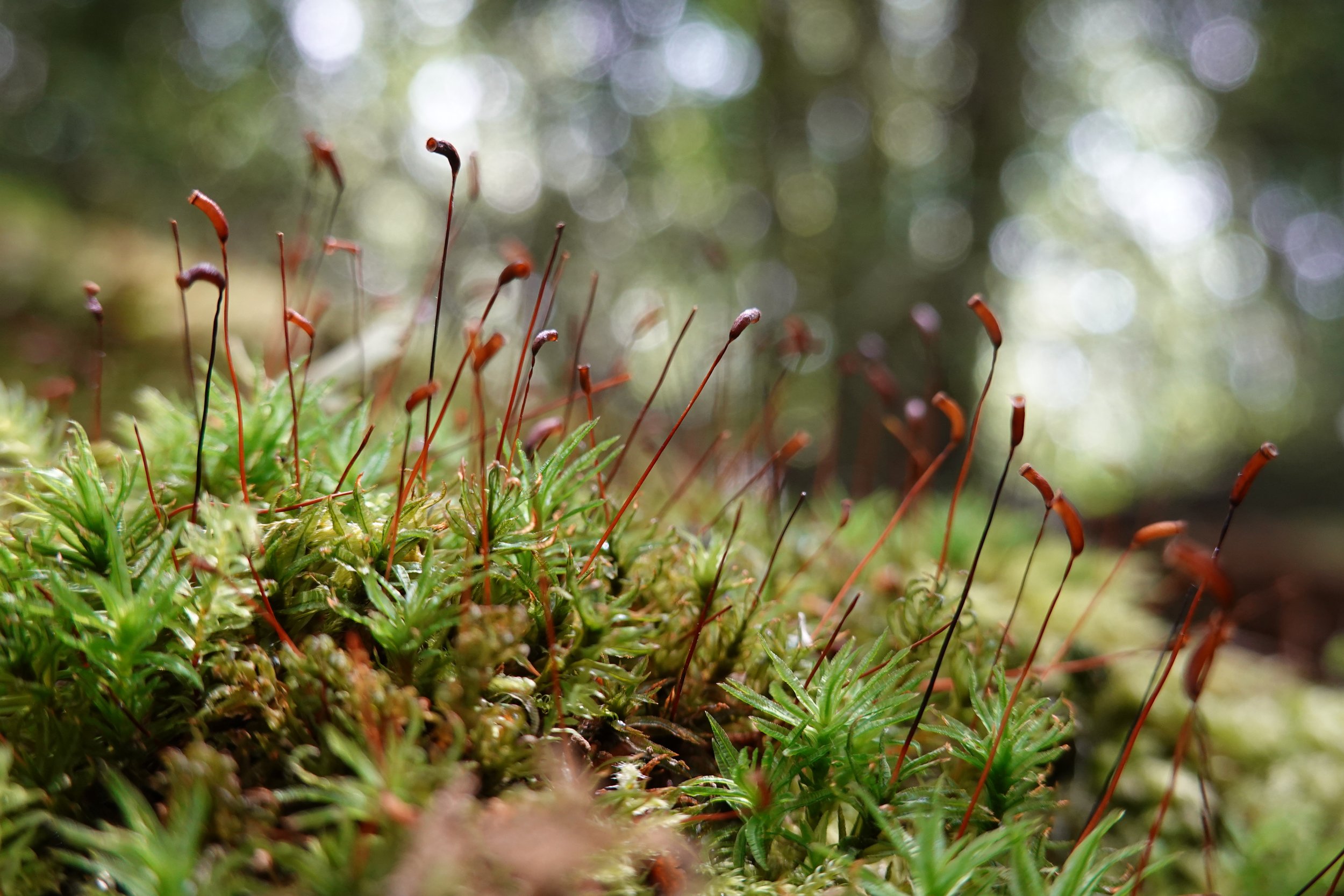
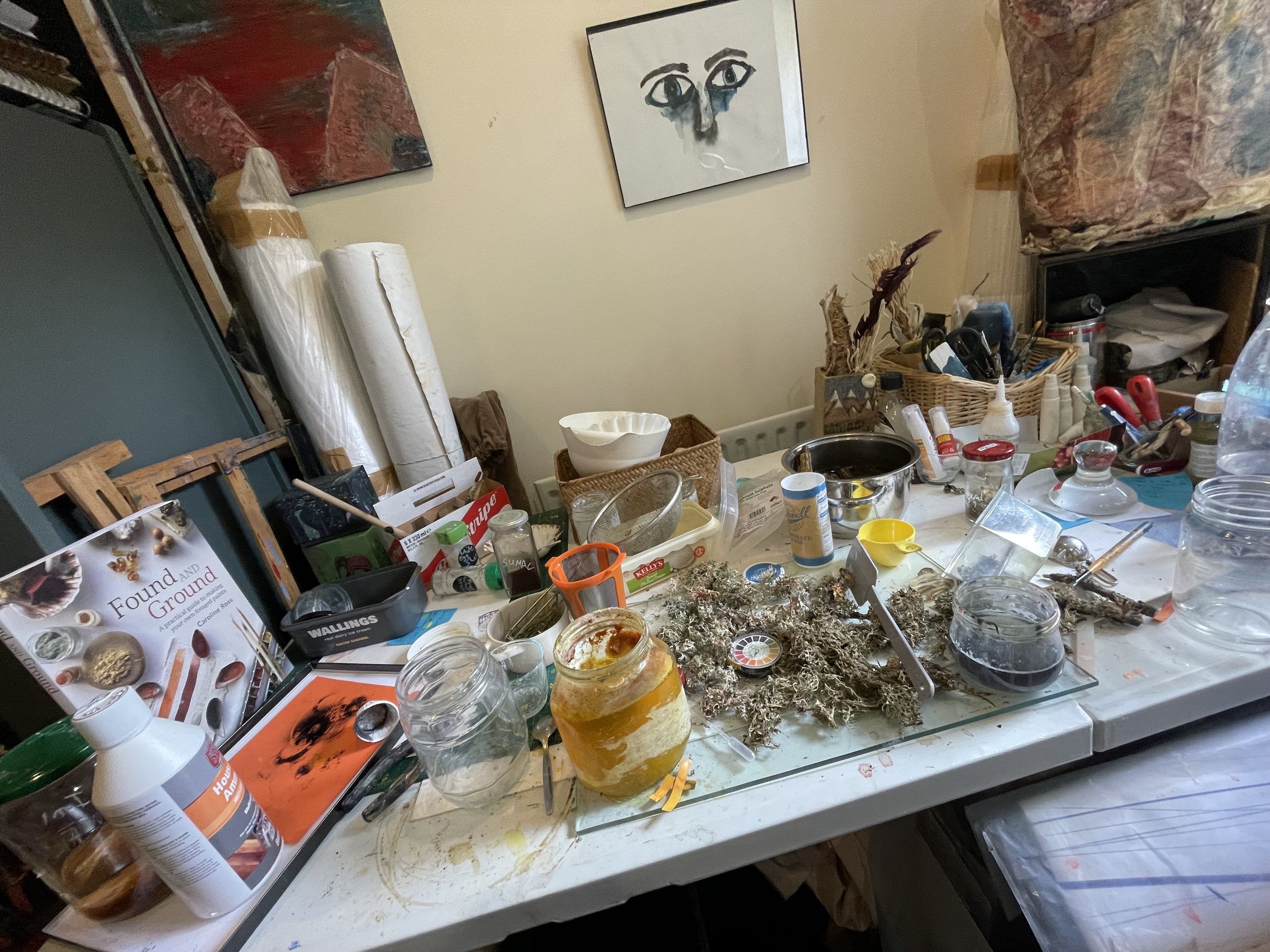
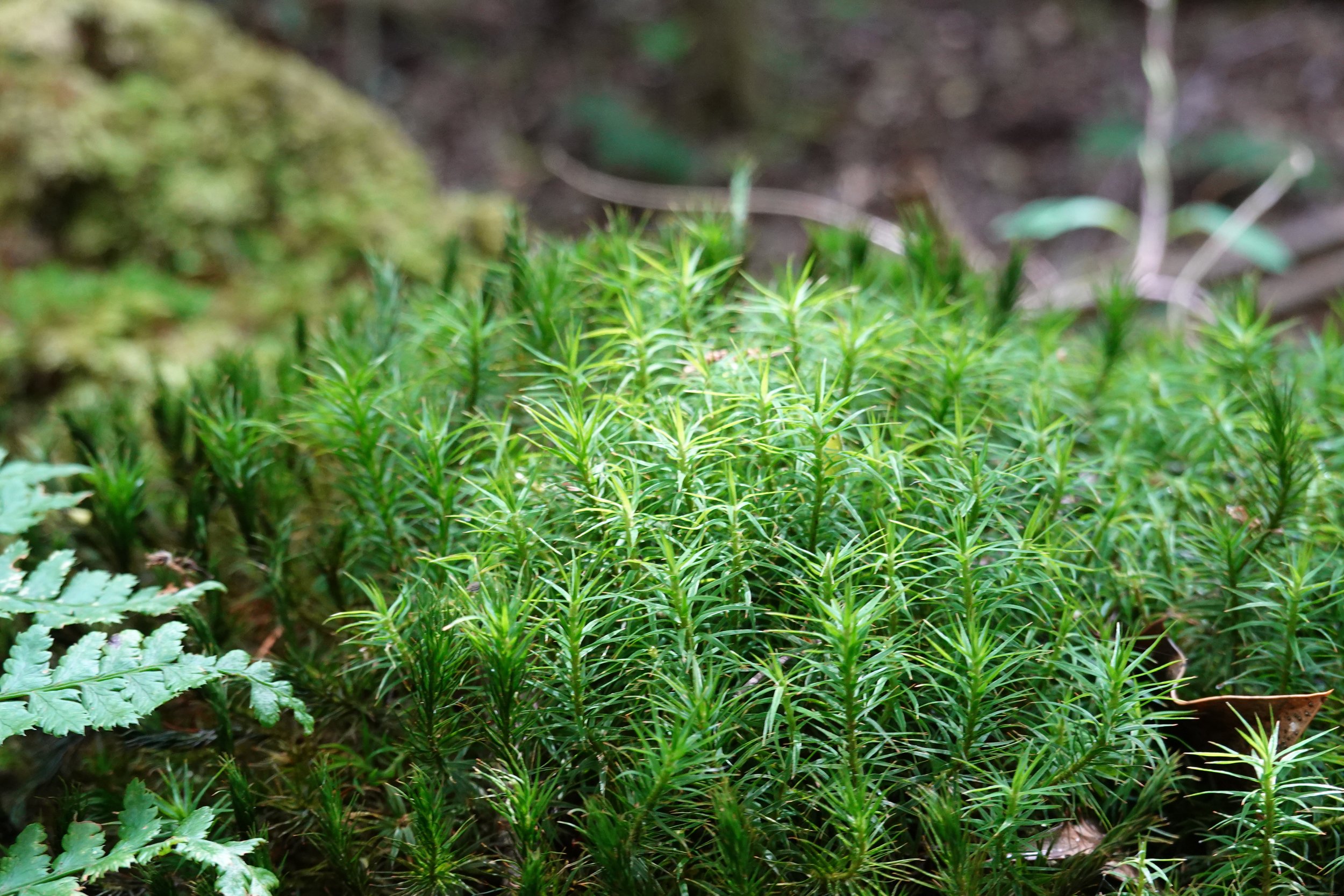
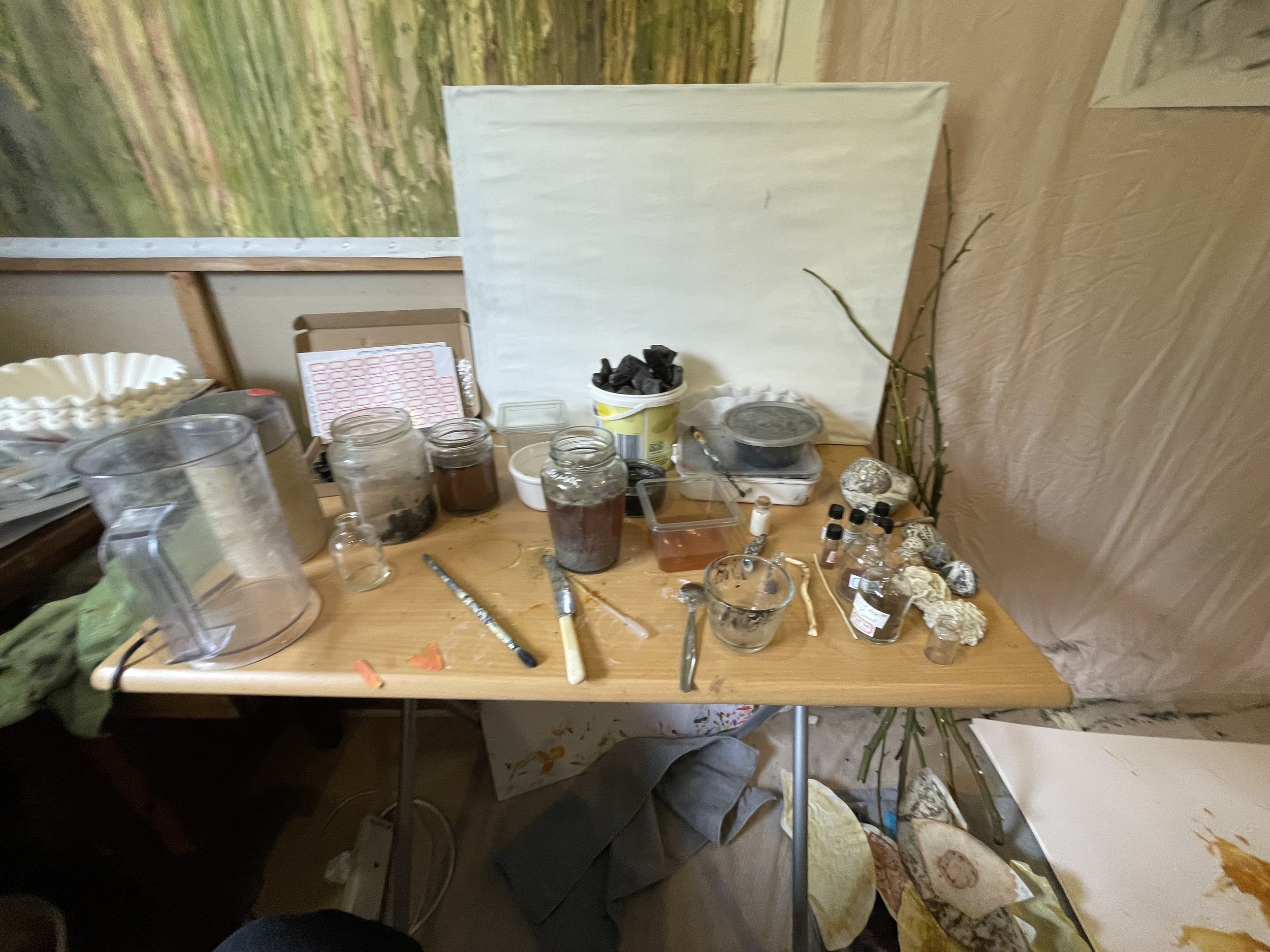
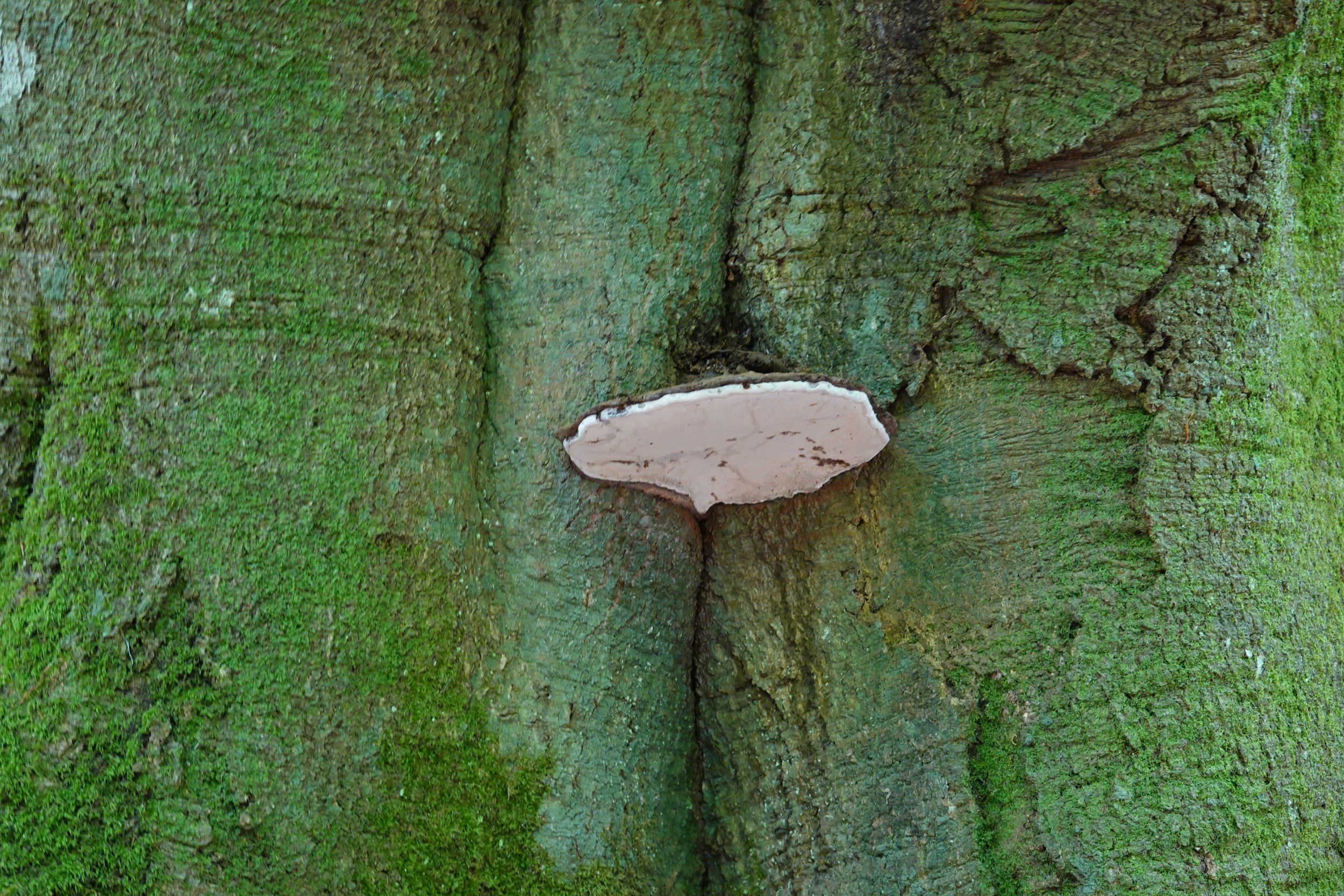

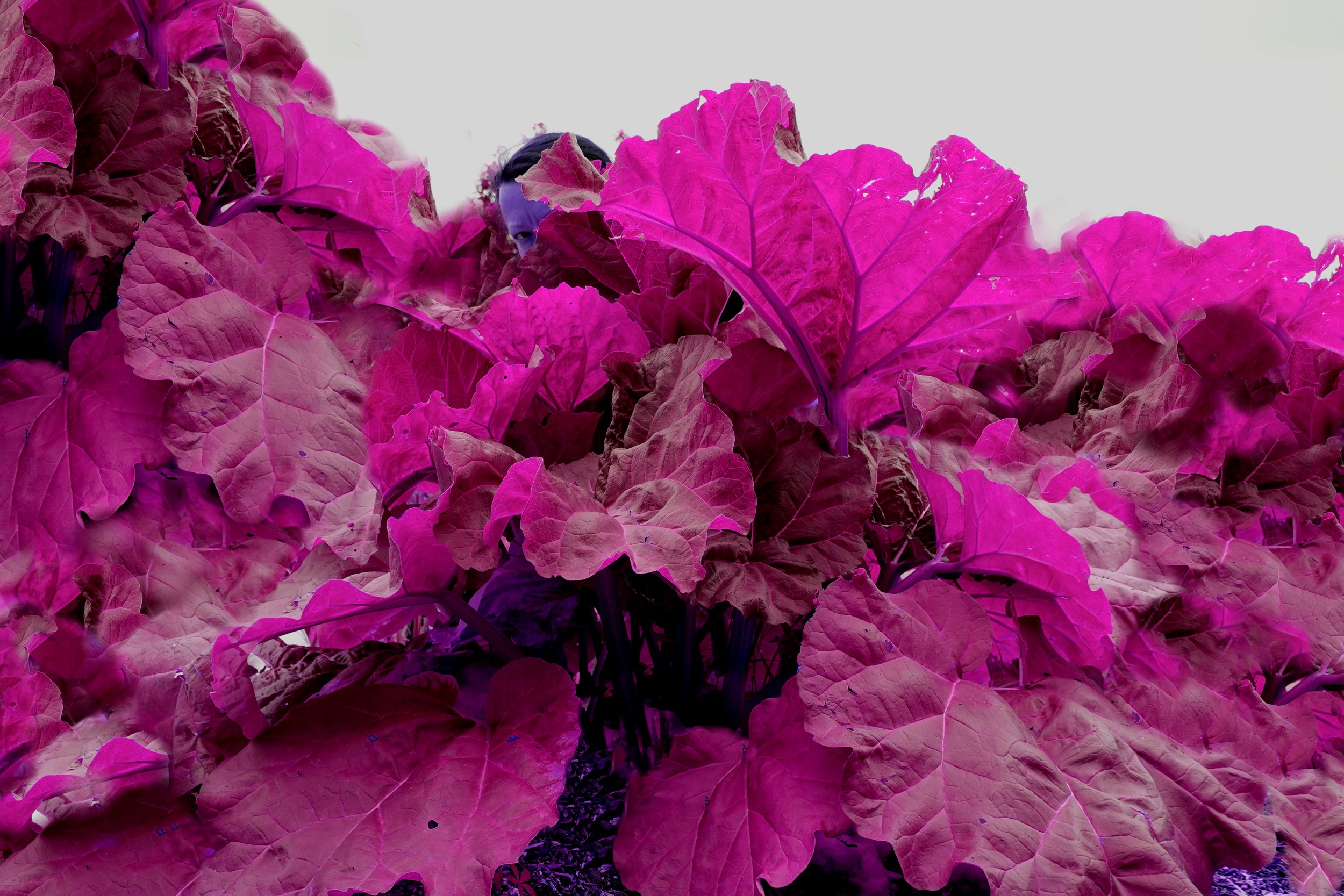
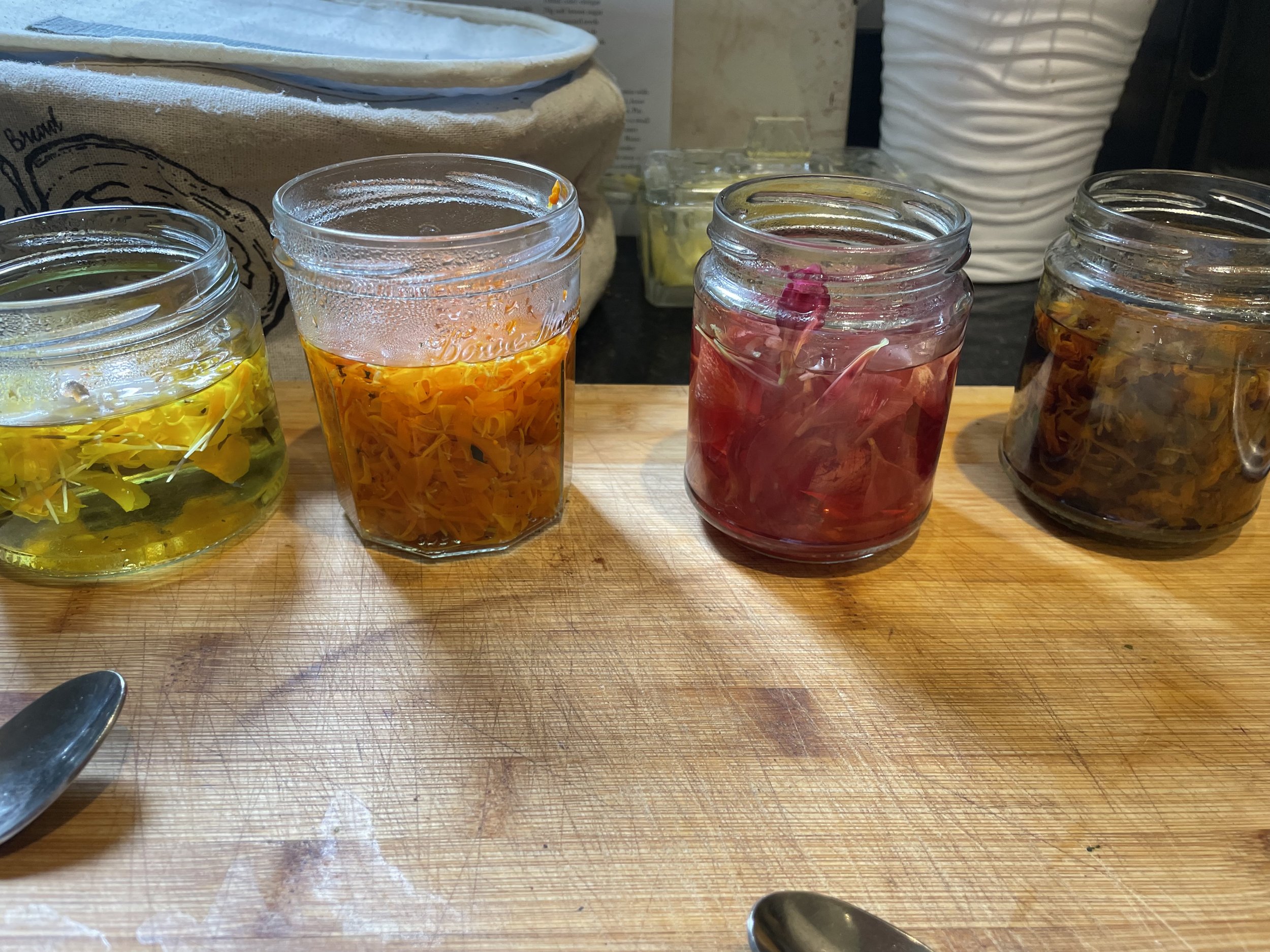
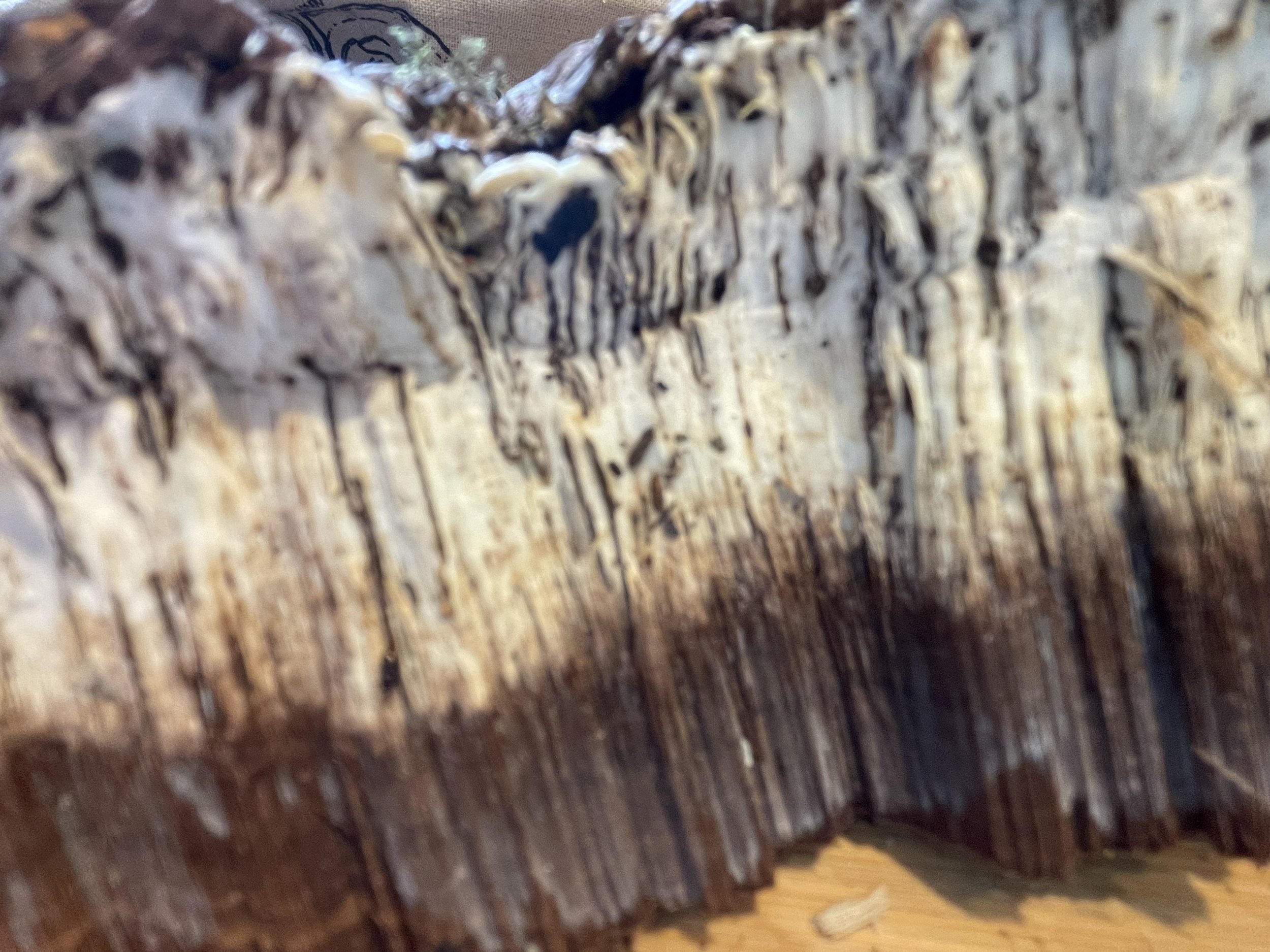

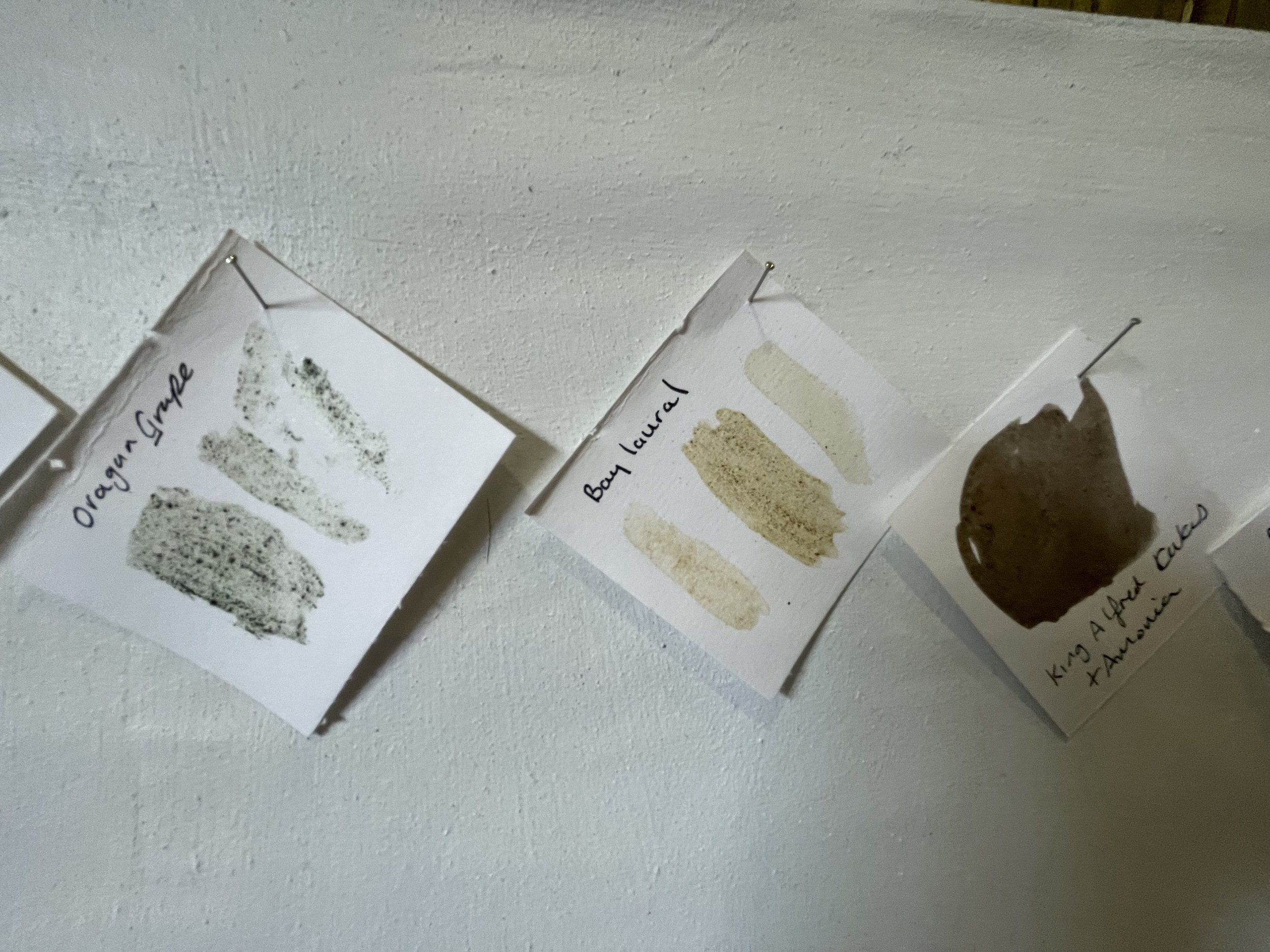
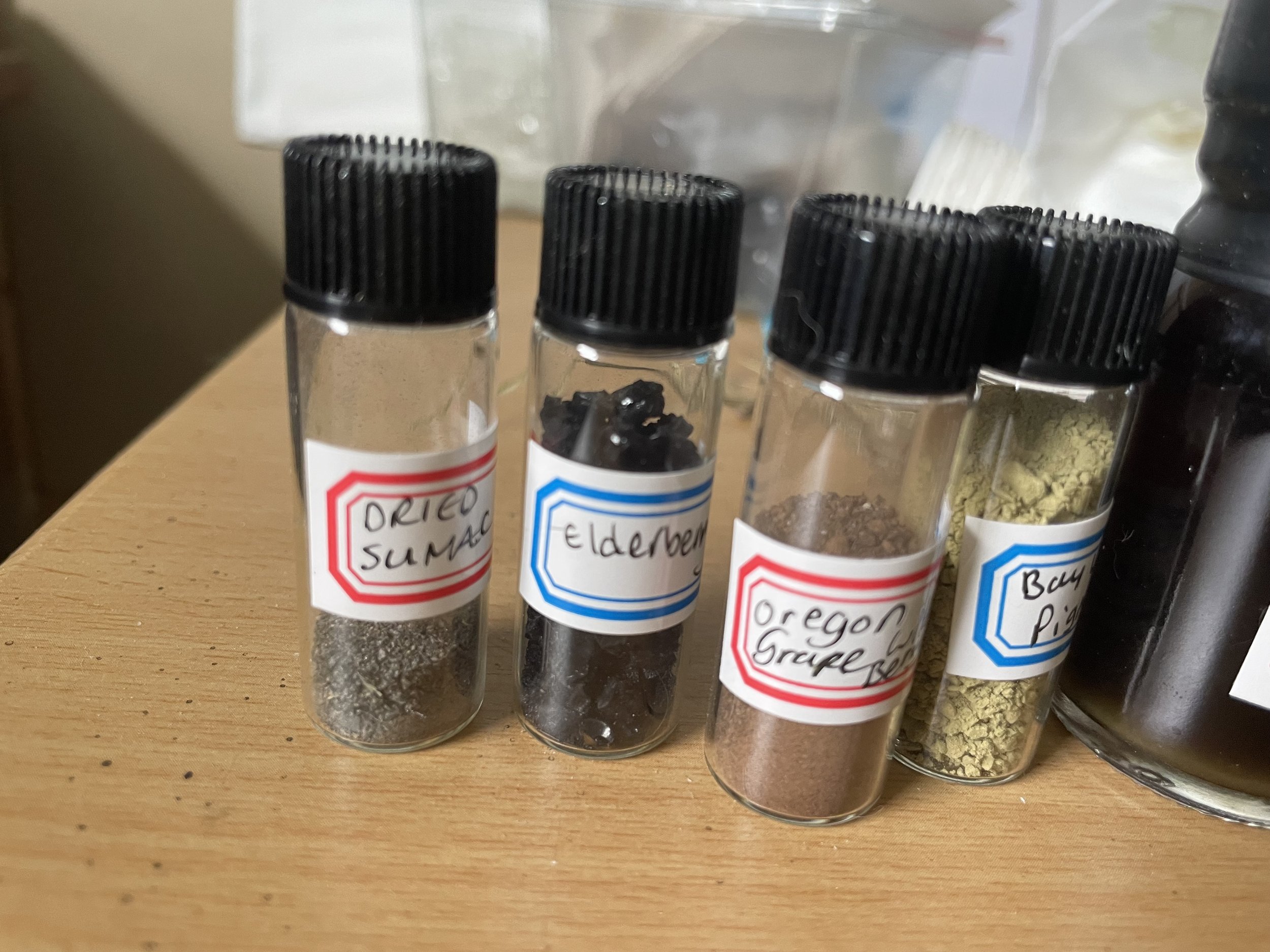
Embracing Science and Sustainability
As my practice evolved, I became increasingly interested in the science behind the materials I was using. I began to experiment with creating my pigments, inks, and materials from the plants I foraged. The process of making lake pigments, for instance, involves extracting dyes from plants and precipitating them onto a substrate, creating vibrant, natural colours. This technique, deeply rooted in both art history and chemistry, allowed me to connect with the age-old practices of women who used natural dyes in textiles and crafts.
Similarly, the creation of inks from plants required me to understand the properties of different plants, how their colours could be extracted, and how they could be concentrated and stabilized for use in my artwork. This blend of art and science brought a new level of depth to my practice, allowing me to create works that were not only visually compelling but also grounded in sustainable, eco-conscious methods.
The Role of Kombucha Scobies and Ephemeral Art
One of the most intriguing developments in my practice has been the use of dried kombucha scobies as an artistic material. Scobies, the symbiotic cultures of bacteria and yeast used in kombucha fermentation, are a fascinating example of nature’s ability to create and regenerate. When dried, they transform into a tough, translucent material that can be used in various artistic applications.
Incorporating scobies into my work represents a broader shift towards embracing the ephemeral. Unlike traditional art objects that are meant to last indefinitely, my current work often embraces the transient, the biodegradable, and the impermanent. This approach challenges conventional notions of what art should be, inviting viewers to consider the beauty and value of materials and processes that are, by their nature, fleeting.
Honoring the Feminine Connection to Nature
Throughout this evolution, one constant has been the recognition of the historical and cultural connections between women and nature. Women have long been the gatherers, the nurturers, and the keepers of botanical knowledge. By integrating foraging, natural material science, and traditional techniques into my practice, I honour this legacy and seek to create works that are in harmony with the environment.
This journey has led me to a place where my art is no longer just about creating objects, but about creating experiences, connections, and dialogues. It is about understanding and embracing the cycles of nature, the impermanence of life, and the profound wisdom that can be found in the natural world.
Looking Forward: A Sustainable Future in Art
As my practice continues to evolve, I am committed to exploring new ways to integrate sustainability and ecological consciousness into my work. I believe that art has the power to not only reflect the world we live in but also to shape it. By using natural, foraged materials and embracing processes that are both traditional and innovative, I hope to contribute to a broader conversation about the role of art in fostering a deeper connection to the earth and a more sustainable future.
In this way, my journey from a traditional, object-driven practice to one that is fluid, process-oriented, and deeply connected to nature is a reflection of my ongoing exploration of what it means to create art in a world that is constantly changing.
read a deeper understanding of my work in the latest Haus A Rest zine issue - science and Art here
Follow my journey, via my Instagram or website here.

